In modern home design, the bathroom has long surpassed its basic cleaning function and has evolved into a living space that combines privacy and style. Among the numerous bathroom upgrade projects, the "Lighted Bathroom Mirror" is undoubtedly one of the most popular choices. It combines mirrors with lighting systems, not only enhancing the practicality and aesthetics of the space but also adding convenience and comfort to daily life. However, any design trend has two sides. While illuminated mirrors bring a sense of technology and visual enjoyment, they also have issues with installation costs, maintenance, and applicability.
This article will analyze the advantages and disadvantages of mirrors with lights from multiple perspectives, including functionality, aesthetics, energy consumption, installation, and maintenance, to help consumers make more informed decisions during bathroom renovation.
1. The Background of the Rise of Illuminated Mirrors
According to a 2024 survey report by the National Kitchen and Bath Association (NKBA), over 68% of bathroom renovation projects have incorporated LED lighting with mirror designs. This trend reflects consumers' preference for products that combine high functionality and aesthetics. With the development of intelligent lighting and energy-saving LED technology, mirrors with lights have gradually become a "standard" in bathroom decoration, especially popular in households that pursue modern simplicity, light luxury, or Nordic style.
Its core advantage lies in its integrated design: traditional bathroom mirrors and lighting fixtures are usually installed separately, whereas illuminated mirrors combine the two into one, forming an independent lighting system and visual focus that optimizes light layout while saving space.
2. The Main Advantages of Mirrors with Lights
1. Uniform Lighting for a Better Visual Experience
Traditional wall lamps are prone to producing shadows, especially in scenes that require precise lighting, such as makeup and shaving, where uneven light distribution can affect the user experience. The illuminated mirror features a surround or backlit design, which makes the light appear closer to natural sources and minimizes facial shadows.
Many high-end models feature an adjustable color temperature (3000K-6000K) function, allowing you to switch between warm, natural, and cool light settings to adapt to various usage scenarios.
For example, during morning grooming, cool light can brighten the skin tone, and during nighttime relaxation, warm light can be adjusted to create a soft atmosphere.
2. Save Space and Simplify Layout
In small bathrooms, wall space is often limited. The mirror with lights eliminates the need for additional wall or ceiling lights, making the overall layout more concise and coordinated.
Especially in compact spaces measuring less than 36 inches, a mirror with a lighting function can fulfill the dual needs of both lighting and decoration.
3. Anti-Fog Design Improves Usability
Most illuminated mirrors are equipped with an anti-fog function, which uses a heating film to prevent the mirror from fogging up after taking a shower. This feature is particularly useful in humid environments, allowing users to view the mirror clearly without needing to manually wipe it.
4. Energy Conservation and Environmental Protection
LED light sources have low energy consumption and long lifespan, which are the core technological advantages of mirrors with lights.
According to data from the US Department of Energy (DOE), LED bulbs are approximately 75% more energy-efficient than traditional halogen lamps and have a lifespan that is up to 25 times longer.
This means that even if used for several hours a day, the energy consumption of mirrors with lights is still minimal, which can significantly reduce electricity bills for long-term users.
5. Strong Modernity and Improved Decoration Level
In terms of design aesthetics, mirrors with lights have a substantial visual impact. The surround lighting lines are smooth and straightforward, and can naturally blend with various decoration styles, ranging from modern minimalism to light luxury styles.
It is not only a functional component, but also a visual focal point in space. Especially when combined with frameless mirrors or suspended washbasin designs, it can significantly enhance the overall style.
6. Intelligent Operation Experience
The new generation of illuminated mirrors is generally equipped with touch switches, sensing functions, brightness memory, and Bluetooth speaker systems. Users can simply touch the mirror to turn the lighting on and off, adjust the brightness, and even connect their phones to play music.
This interactive experience lends the bathroom a more "smart space" characteristic and aligns with the current preference of American families for smart homes.
3. Potential Disadvantages of Mirrors with Lights
Although the advantages are significant, there are also some shortcomings worth noting in the actual decoration process of mirrors with lights.
1. Higher Cost than Traditional Mirrors
The price of a mirror with lights is usually 2-5 times that of a regular mirror.
The basic model ranges from $150 to $300, while the high-end intelligent model may reach over $800.
For decoration projects with limited budgets, this investment may affect other design processes, such as shower systems or tile selection.
2. Installation is Complex and Requires Professional Electricians
Mirrors with lights usually require a power connection and comply with American electrical safety standards (such as UL certification).
This means that it is necessary to hire electricians to carry out pre-embedded wires or wall modifications, which will increase installation costs and construction periods.
If the original bathroom wiring is inadequate, it may be necessary to rewire the circuit, which can further complicate the renovation.
3. High Maintenance and Repair Costs
Although LEDs have a long lifespan, once components such as circuit boards, touch systems, and anti-fog heating films are damaged, the repair cost is not low.
Unlike regular mirrors, illuminated mirrors cannot simply replace light bulbs and require the replacement of the entire component.
Meanwhile, some brands have independent accessory models, which may result in longer after-sales cycles.
4. High Requirements for Waterproof and Moisture-Proof Performance
The bathroom has high humidity and is often filled with heavy steam. If the mirror body is not sealed tightly, it is easy to cause a circuit short or internal corrosion.
Therefore, when purchasing, it is necessary to confirm that the product has a waterproof rating of IP44 or above, and avoid installing it in a location where water vapor blows directly (such as opposite the shower area).
5. May Lead to Insufficient Layering of Light
Although the mirror with lights provides uniform illumination, the light source is front primarily or backlit, making it difficult to replace the top leading light or local spotlight.
In larger bathrooms, relying solely on mirror lights may result in insufficient overall brightness.
Therefore, the design should incorporate the concept of Layered Lighting and be used in conjunction with sky lanterns or wall lamps.

4. How to Scientifically Choose Mirrors with Lights in Renovation
To achieve ideal results in bathroom renovation, the following aspects should be considered when choosing a mirror with lights:
Determine dimensions based on the size of the space
Small bathroom: It is recommended to use a 24-to 30-inch mirror to save space and ensure adequate lighting.
Large bathroom or double sink: 36-48 inches or dual mirror design for better coordination.
Prioritize the adjustable color temperature function
Different color temperatures affect the visual atmosphere. Cold light (5,000-6,000 K) is suitable for tasks such as makeup and shaving, while warm light (2,700-3,000 K) is ideal for relaxation.
Pay attention to the safety certification and waterproof level
High-quality products should have UL or ETL safety certification and indicate the waterproof level to ensure circuit safety.
Consider long-term maintenance and energy efficiency
Choose brands with replaceable LED modules to reduce maintenance difficulties in the later stages; simultaneously, pay attention to the energy efficiency ratio (lm/W) to reduce long-term energy consumption.
5. Conclusion: The Choice of Balancing Function and Aesthetics
The popularity of mirrors with lights reflects modern people's redefinition of bathroom experience - not only pursuing cleanliness and tidiness, but also pursuing comfort, convenience, and style. From a functional perspective, it has indeed improved lighting quality, saved space, and brought a better daily user experience. From a design perspective, it adds a sense of technology and visual highlights to the bathroom.
However, it is not an ideal solution for all spaces and budgets. For projects with small budgets or circuits that are difficult to modify, traditional mirrors paired with independent lighting are still a practical choice. In modern home decoration, which emphasizes the quality of life and aesthetics, mirrors with lights are gradually becoming an indispensable core element.
Summary in one sentence:
The illuminated mirror is a modern upgrade in bathroom renovation that combines functionality and aesthetics, but requires a rational balance between installation and maintenance. Choosing a design that suits one's own space and needs is the key to achieving a true balance between comfort and practicality.

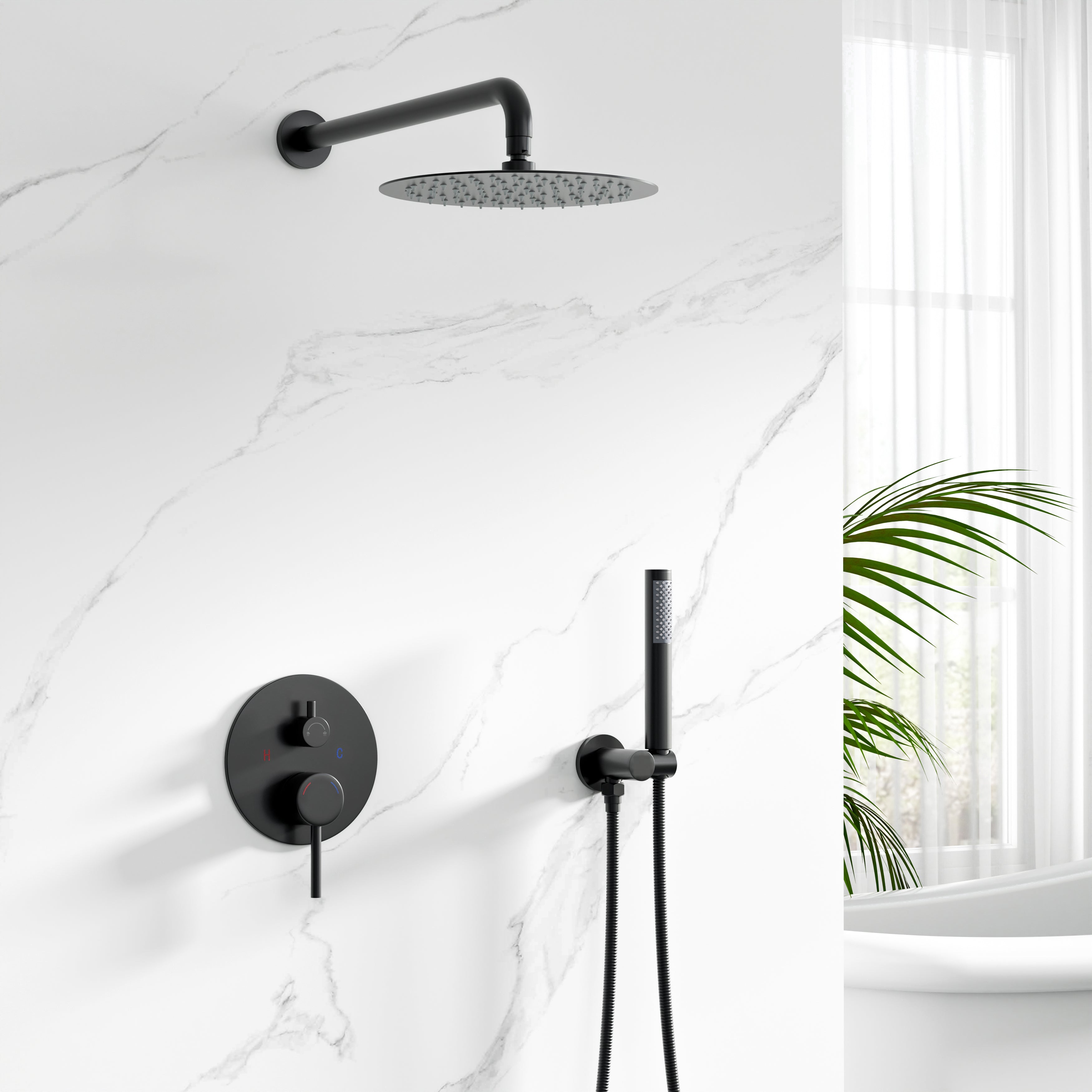
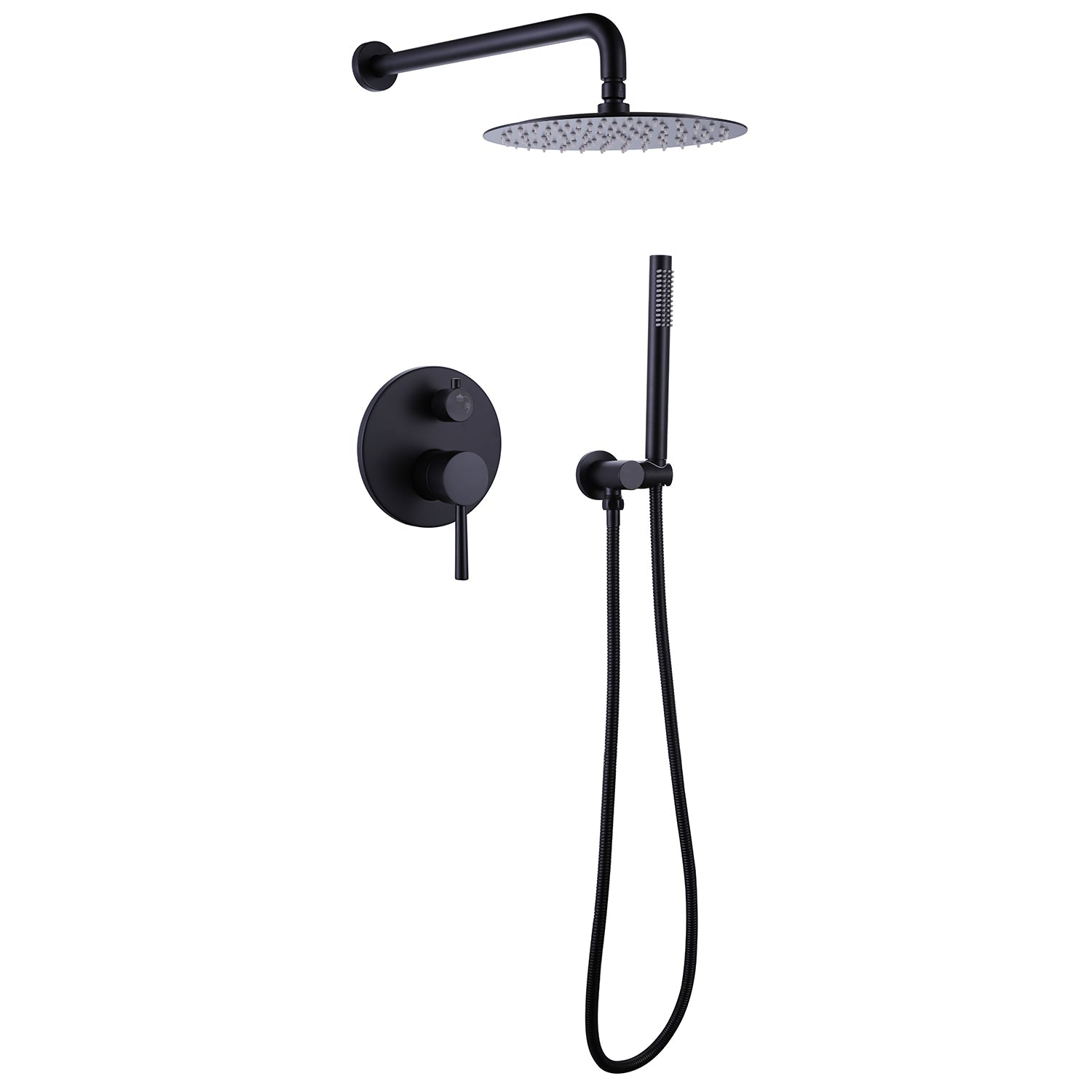


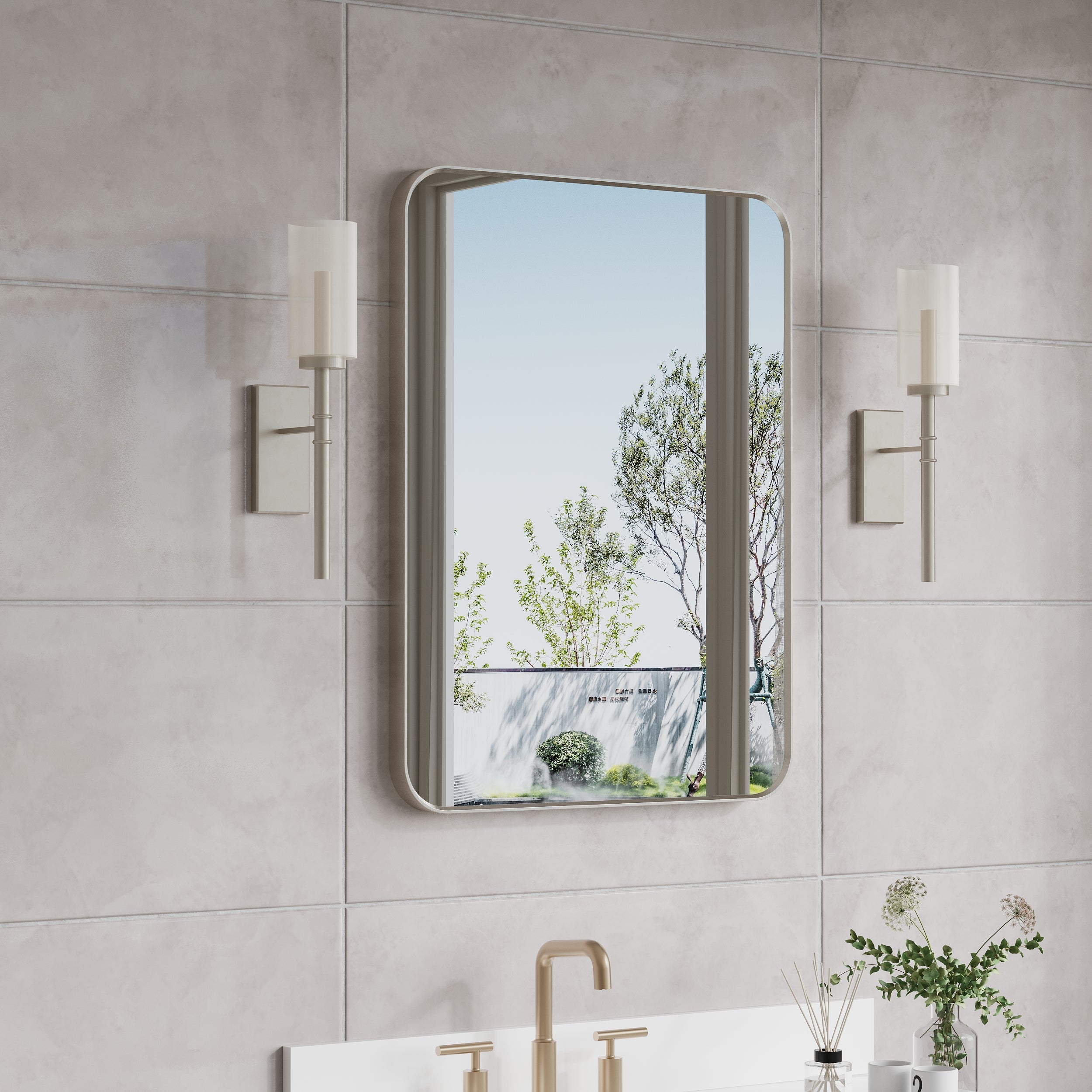
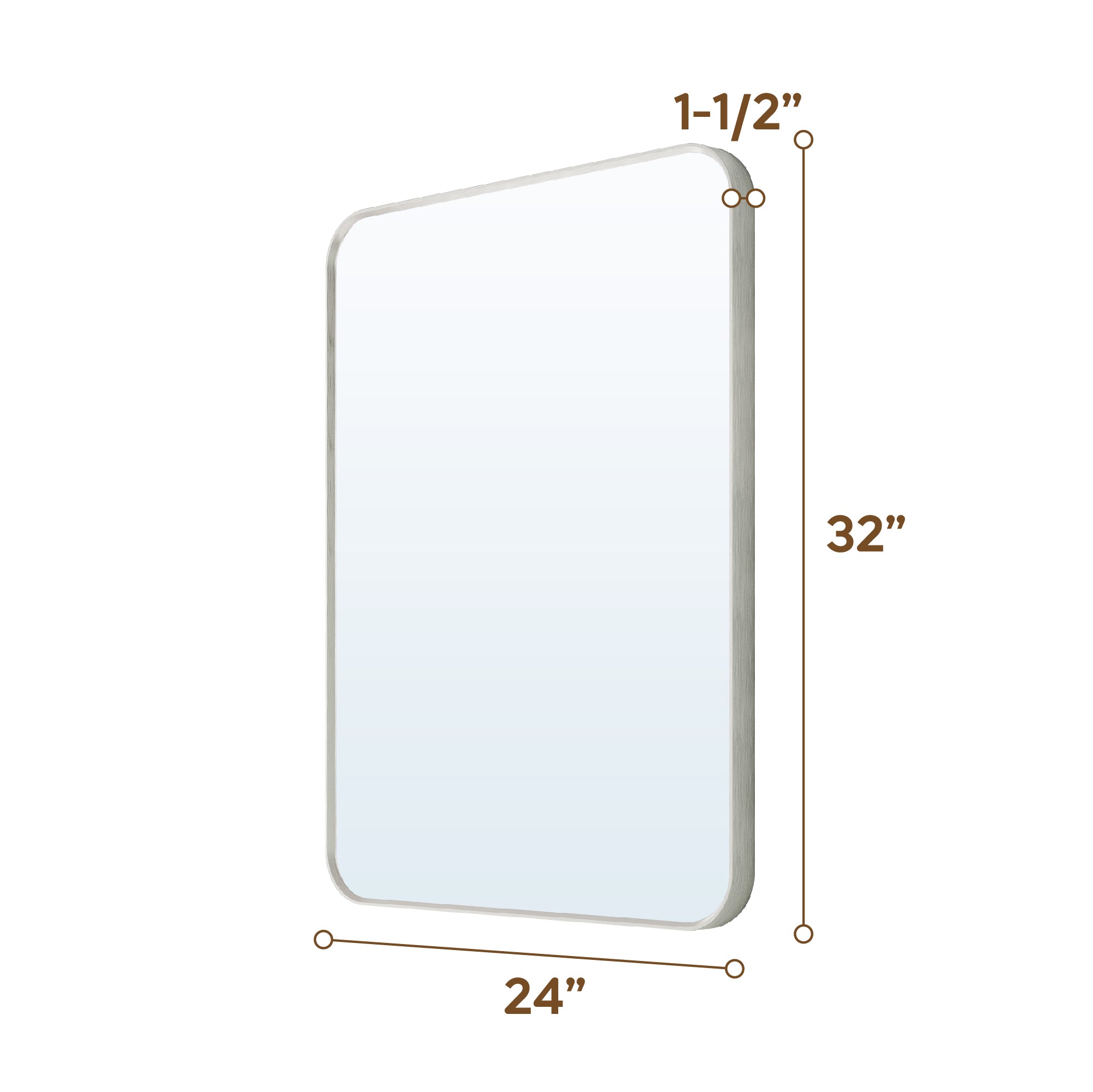
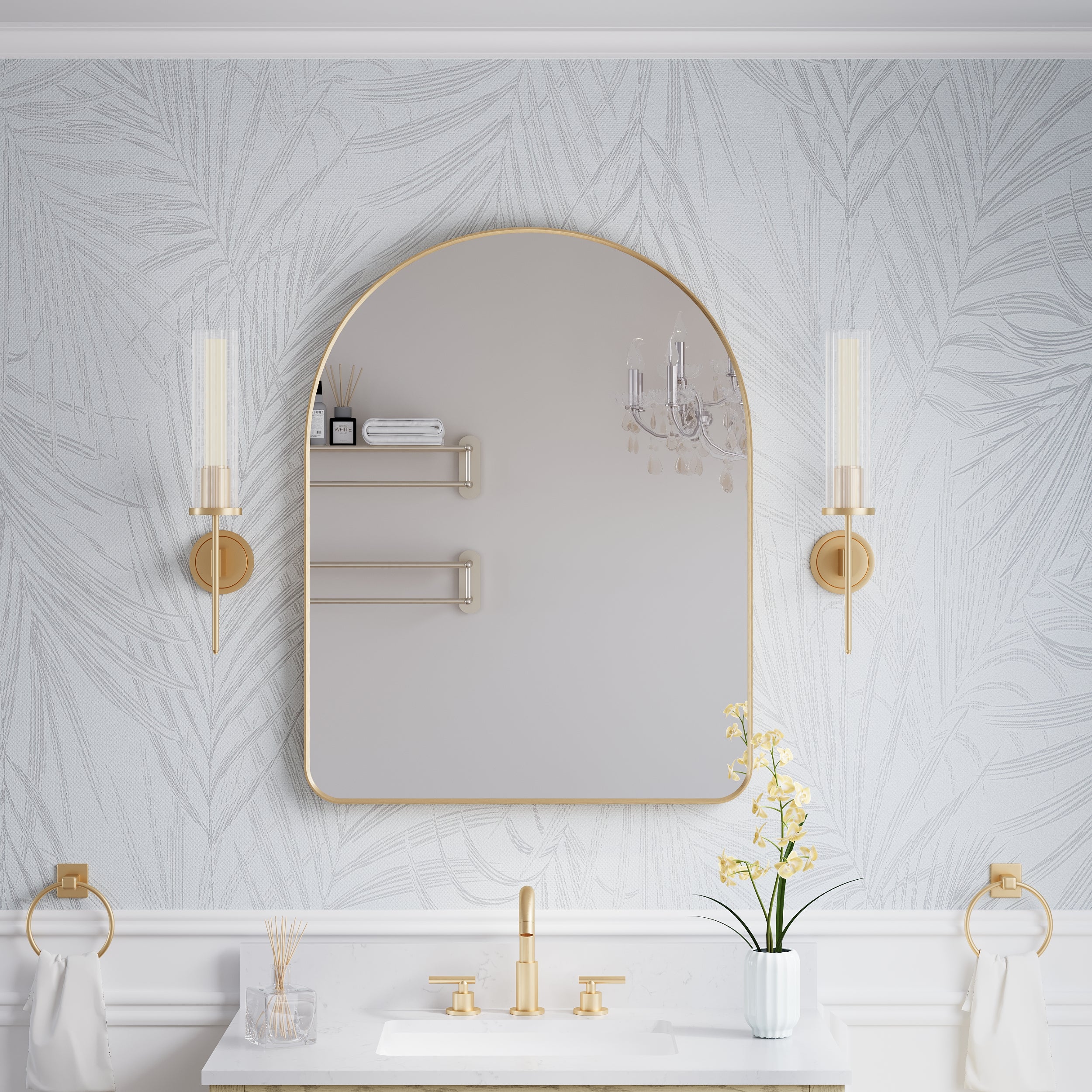

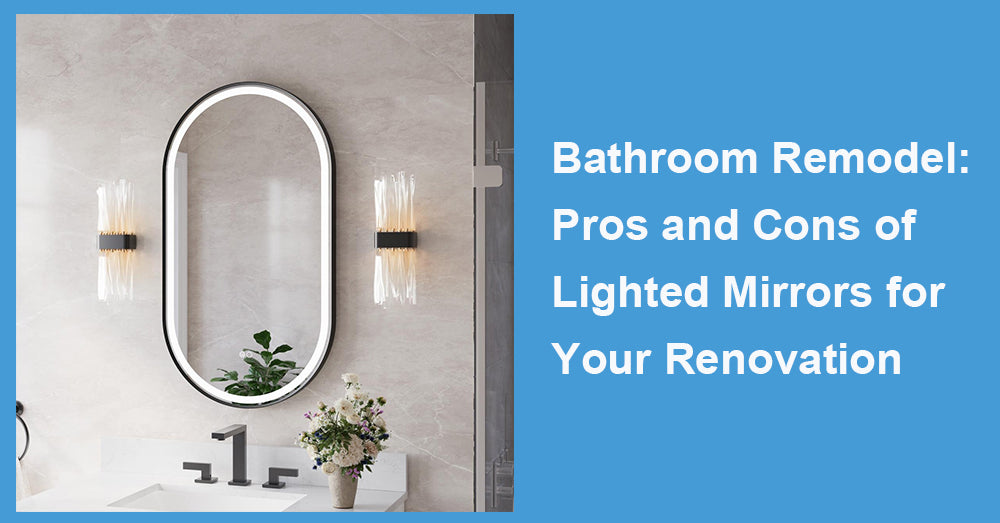
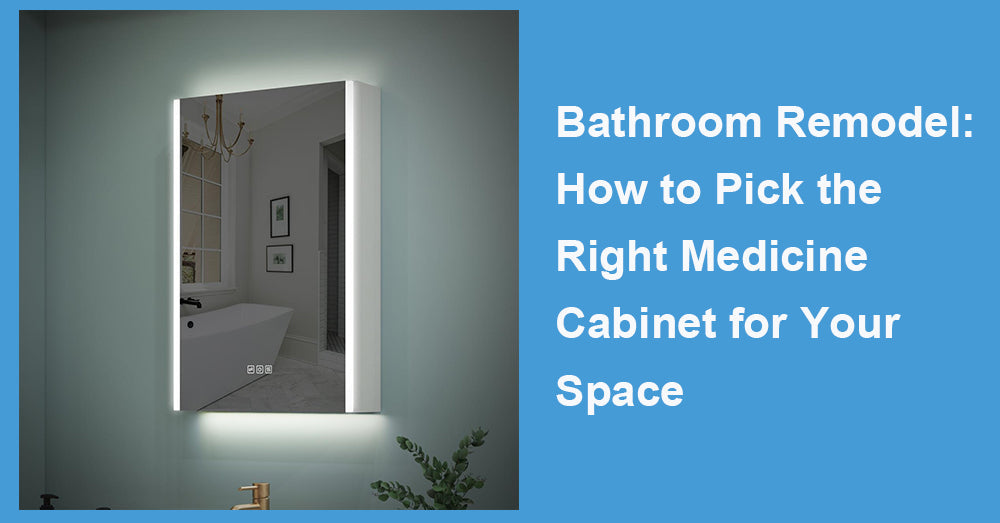
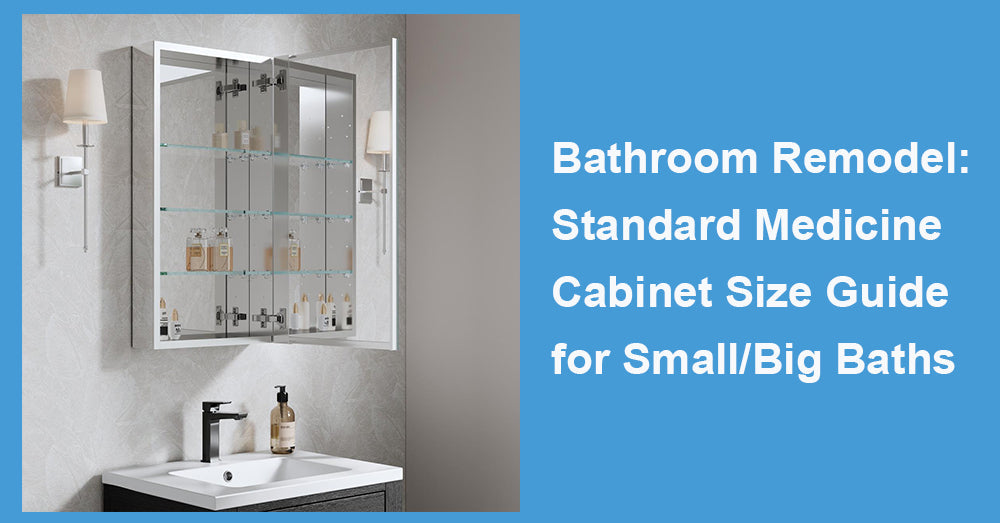
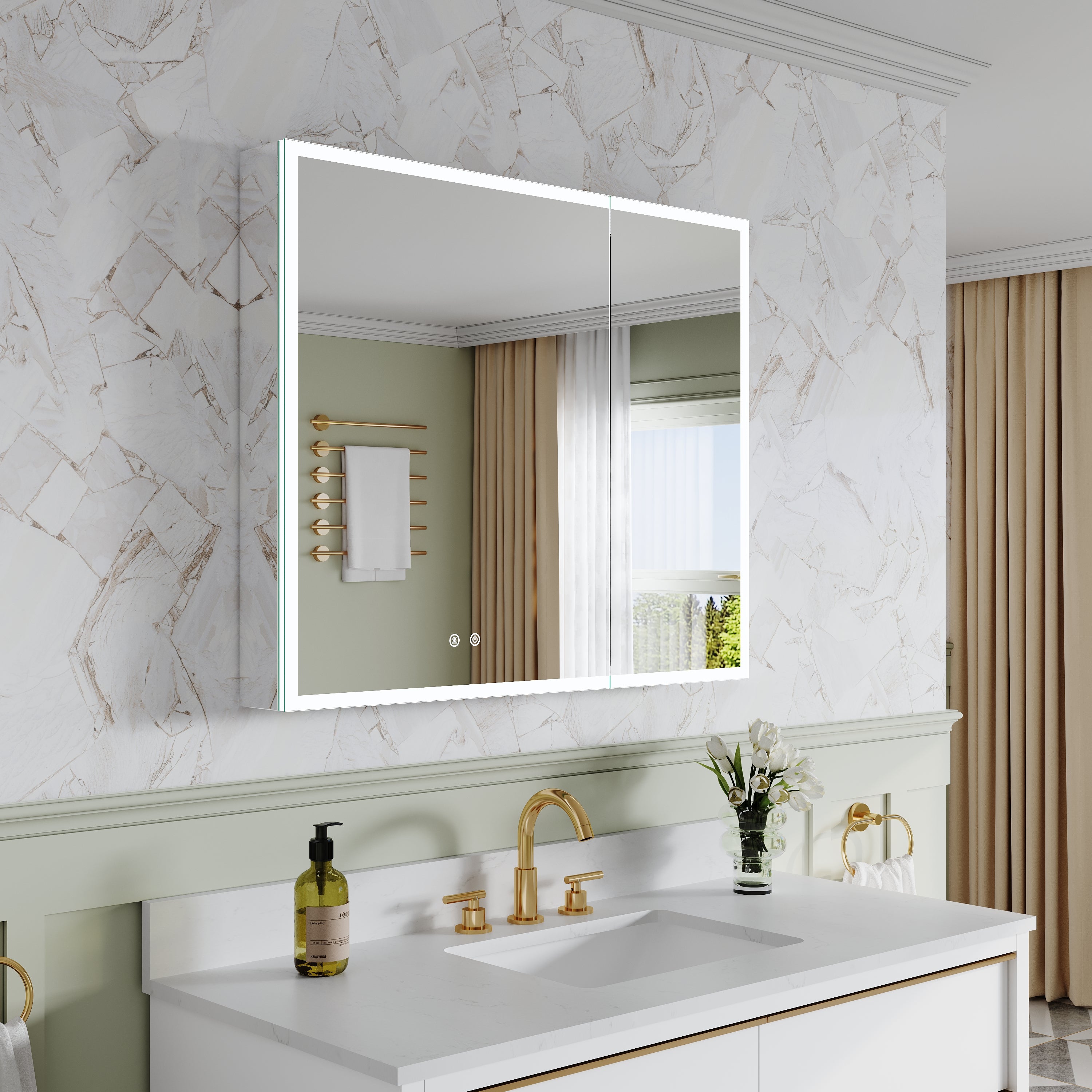
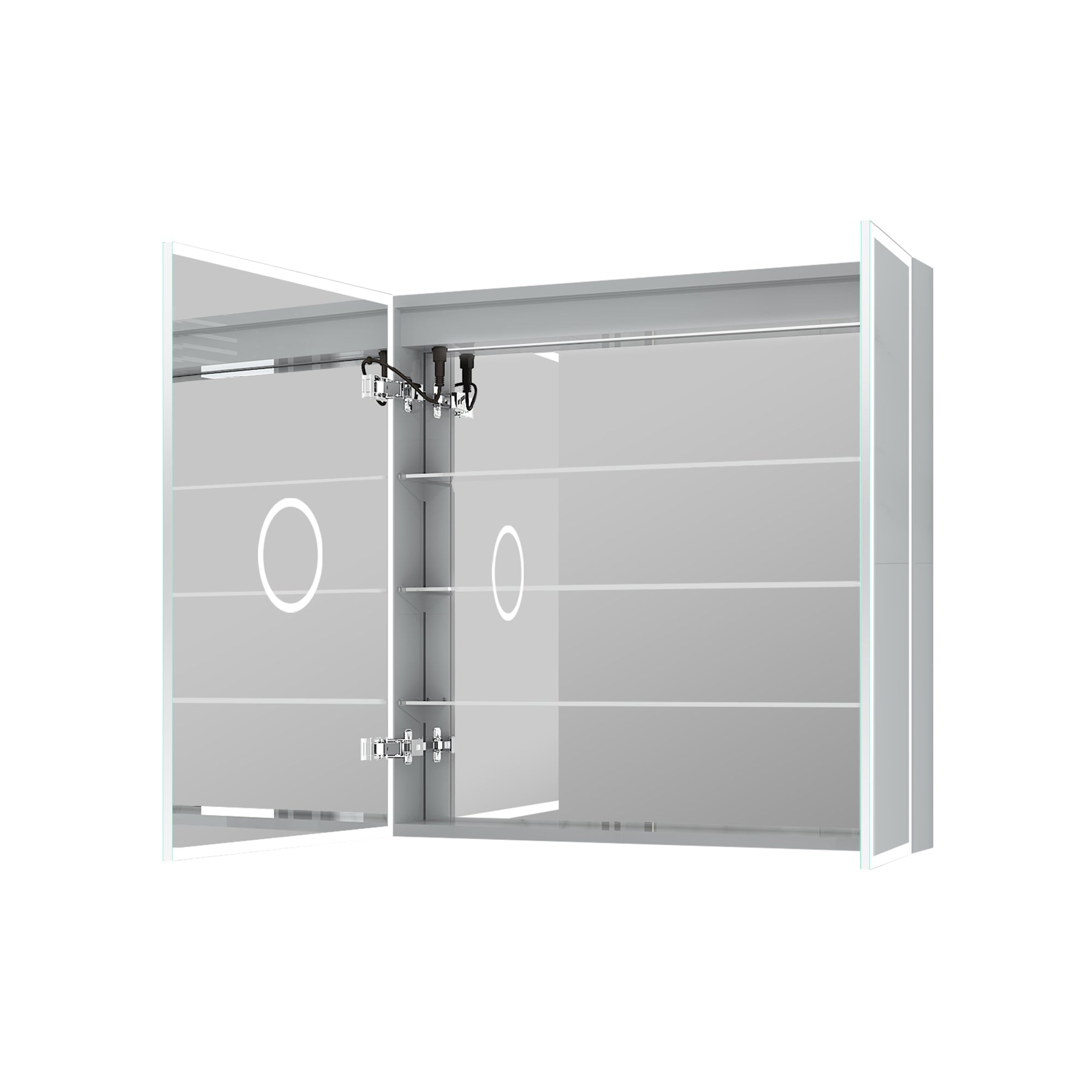
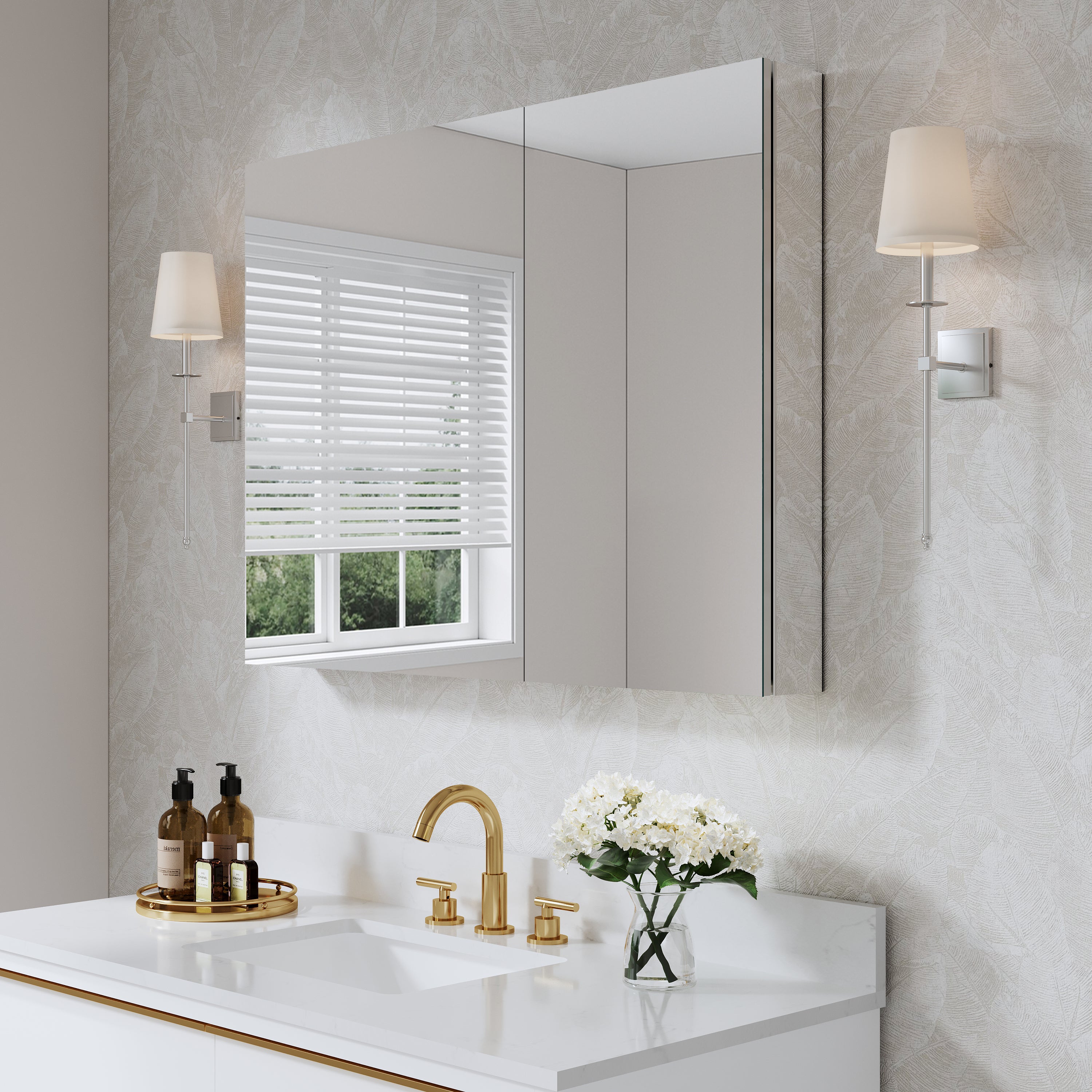

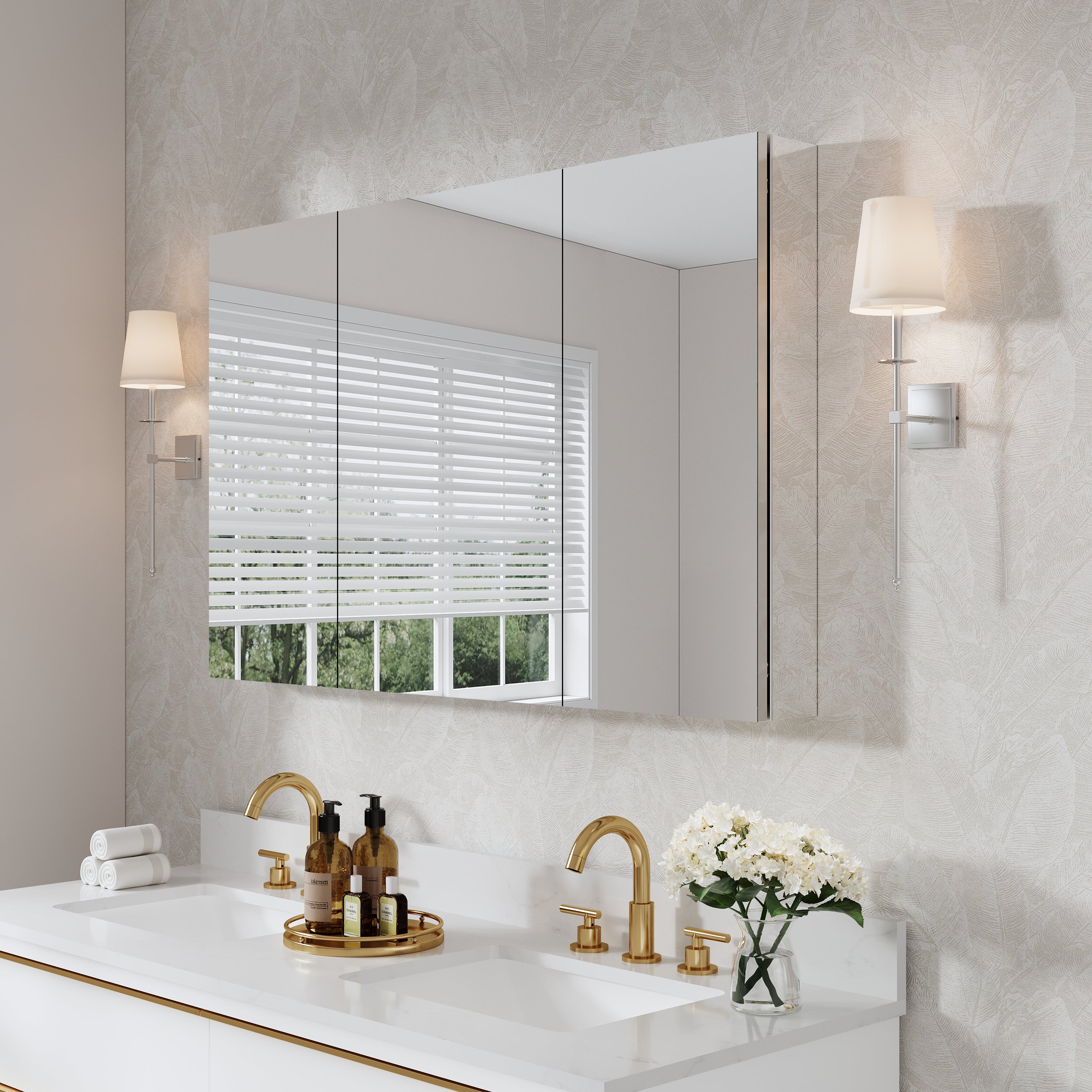
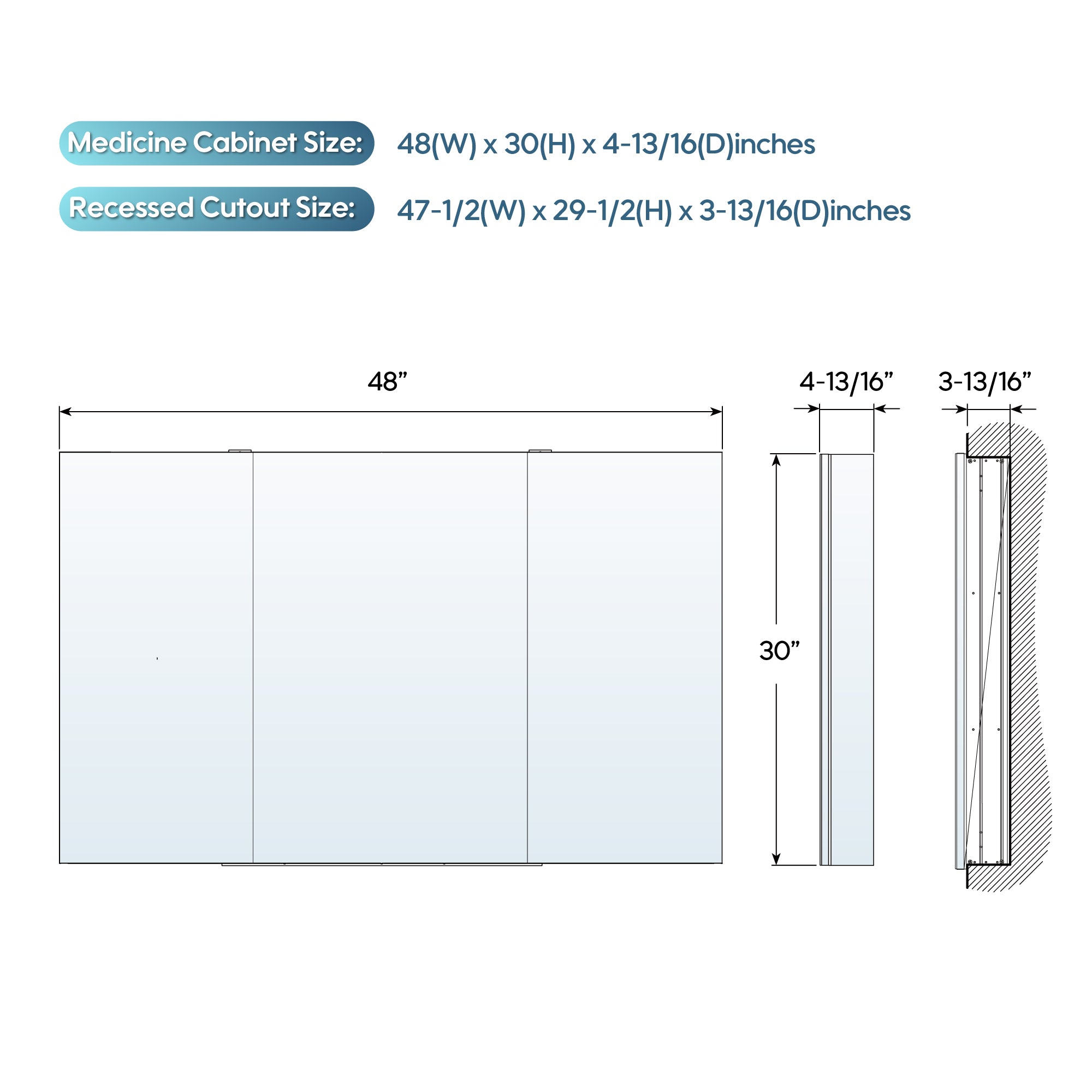
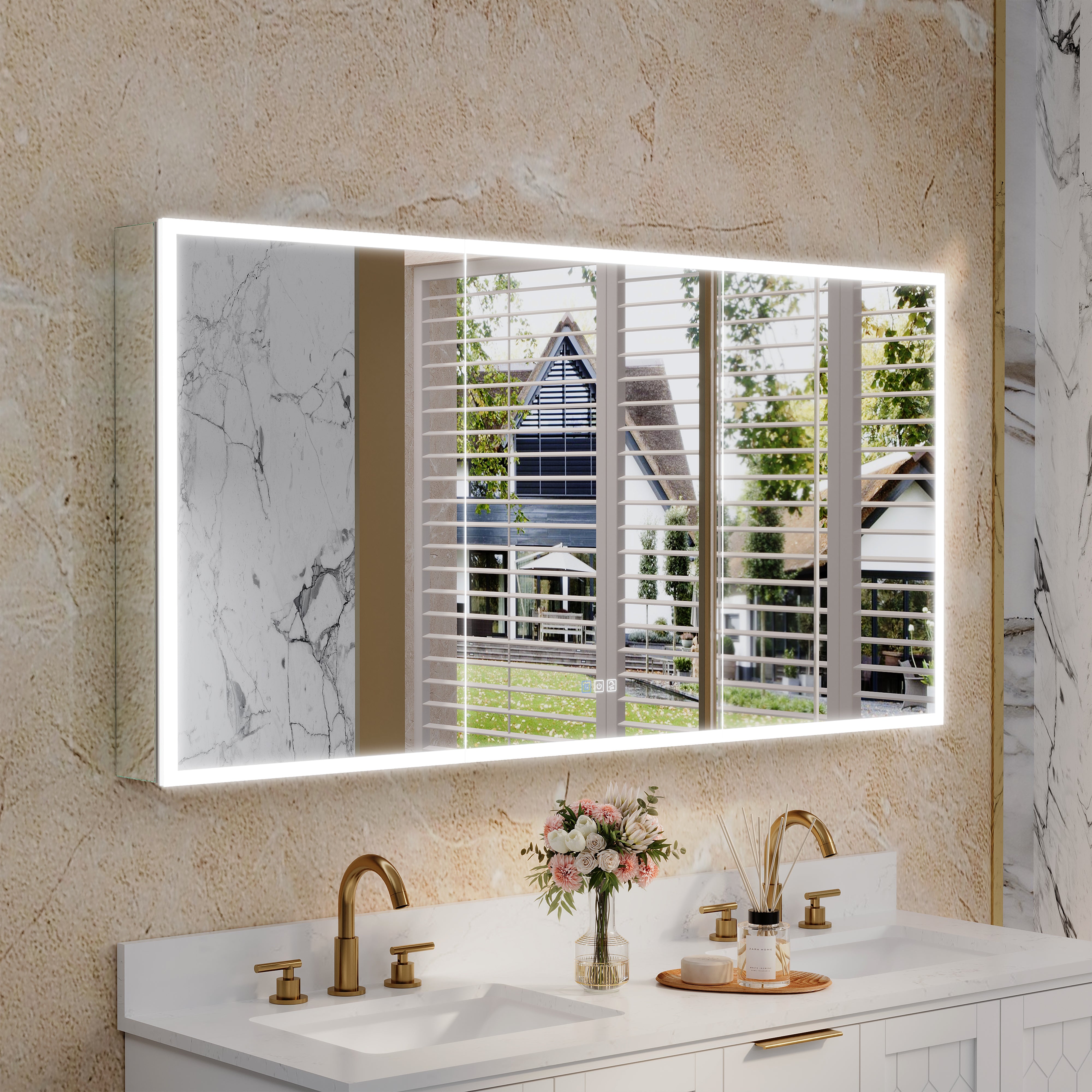
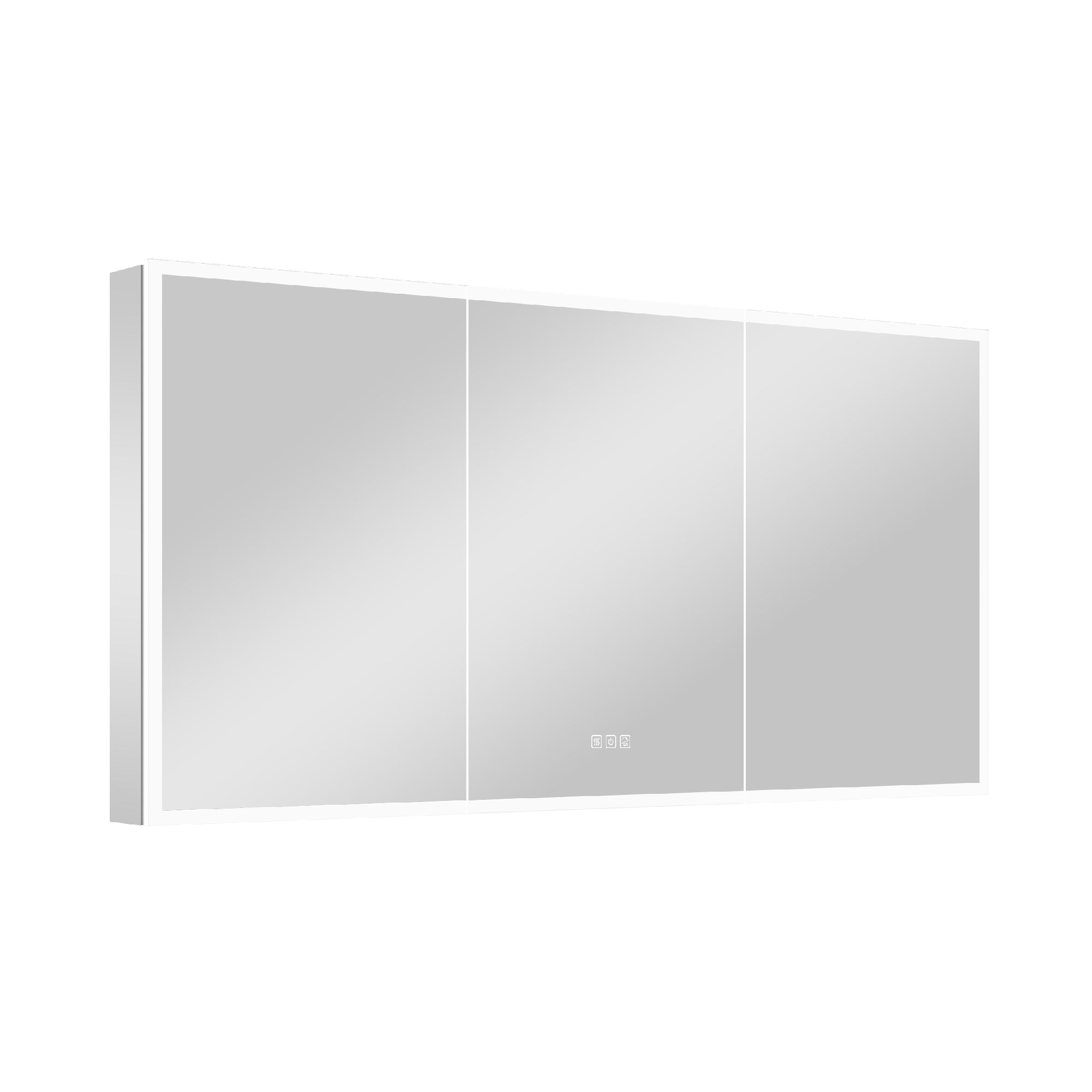
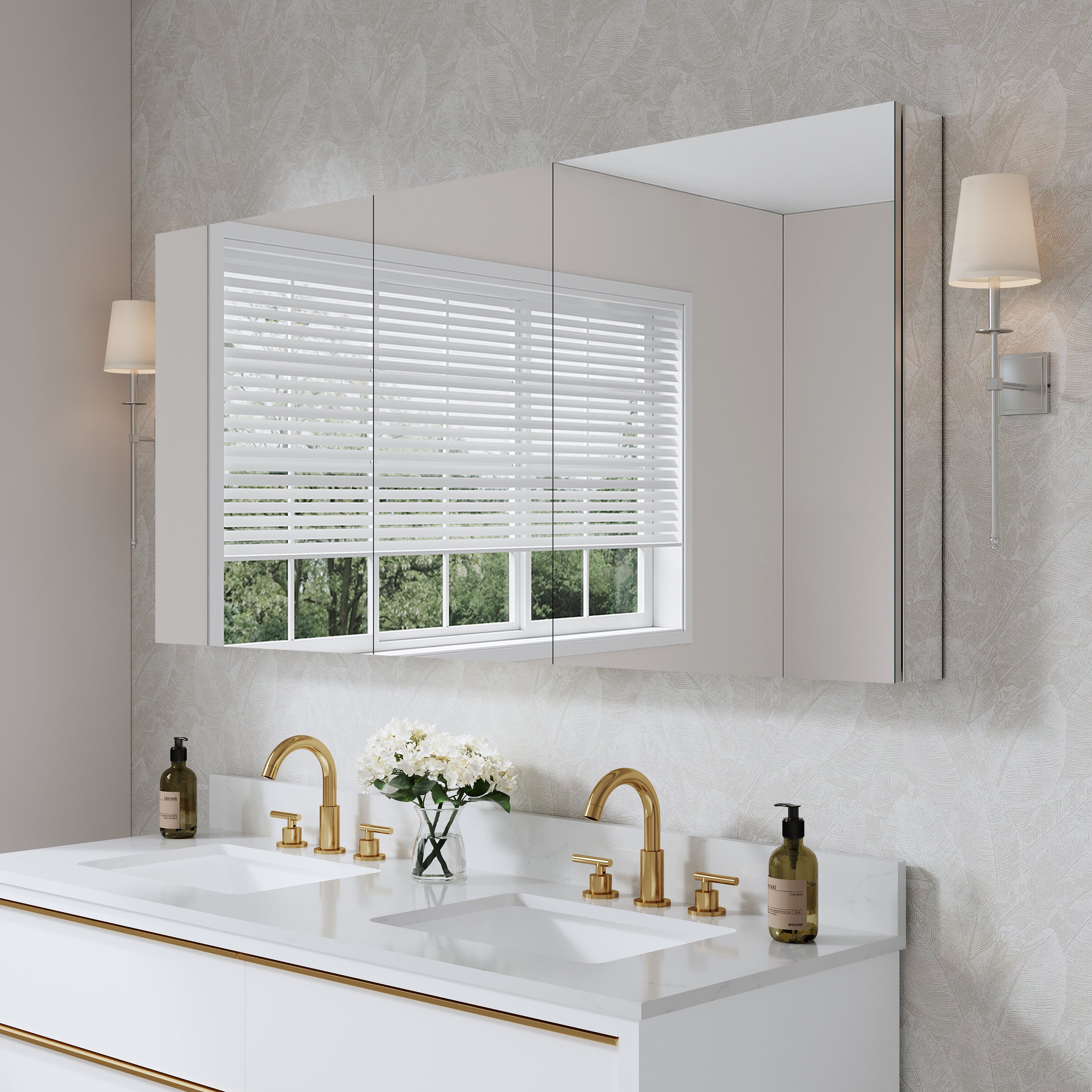

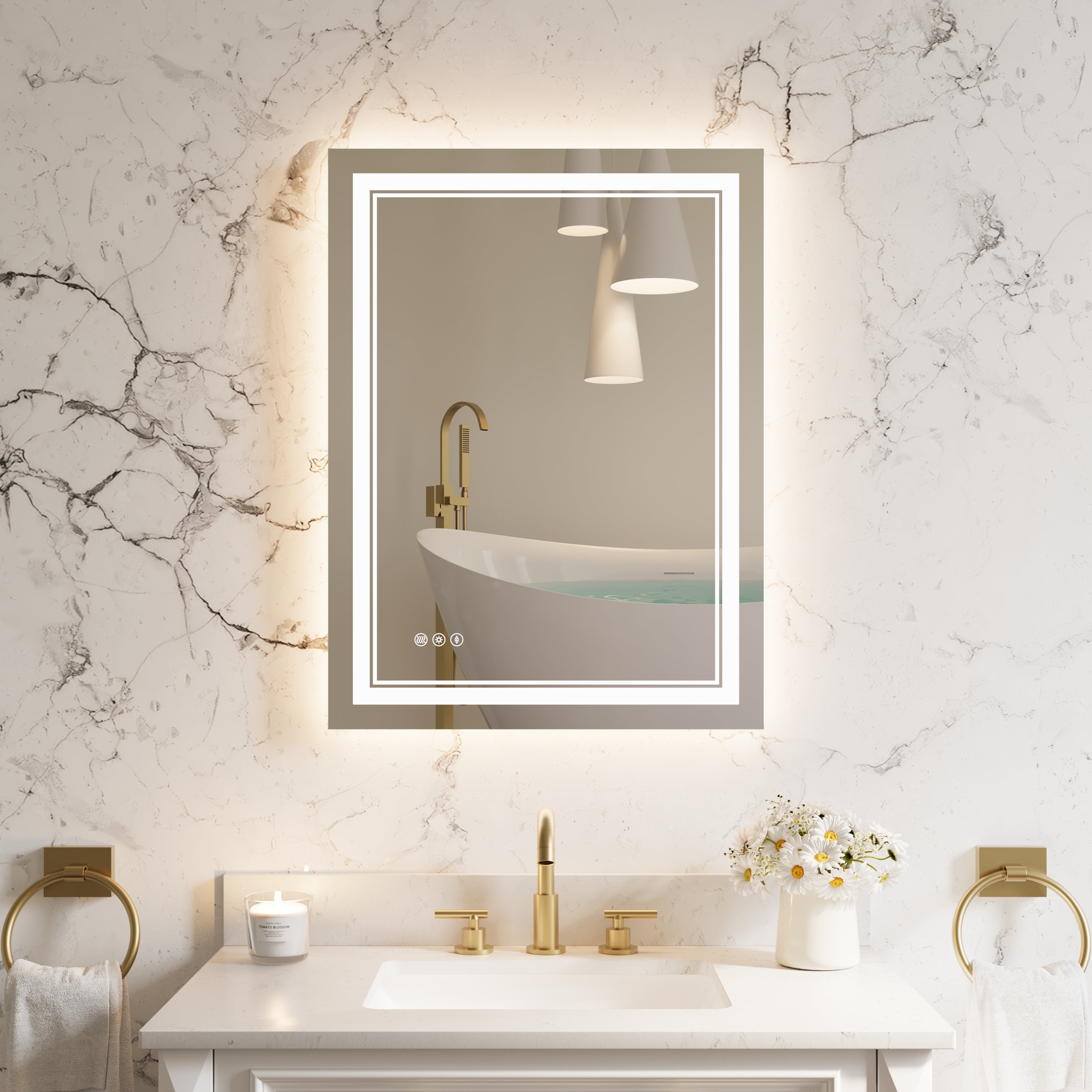
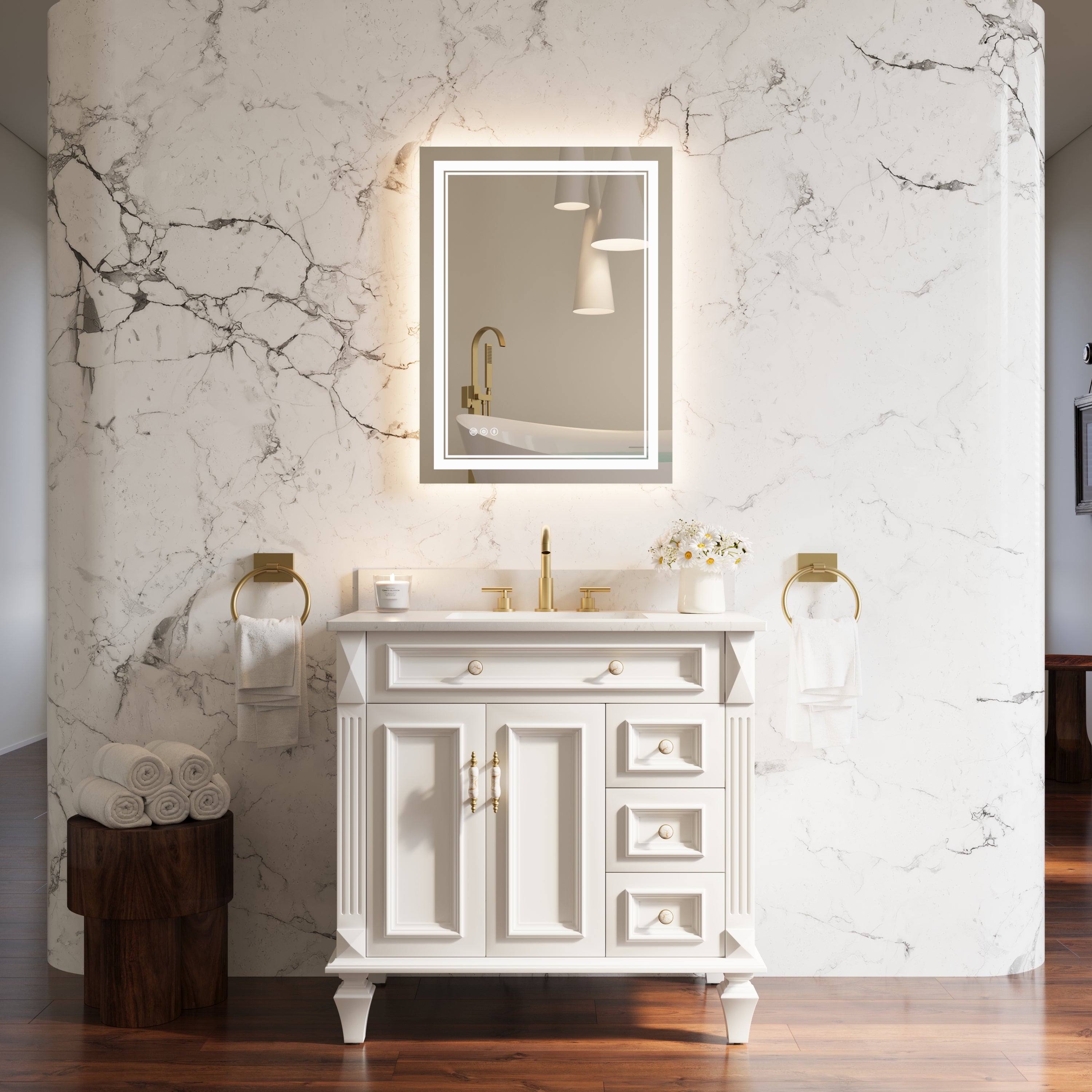
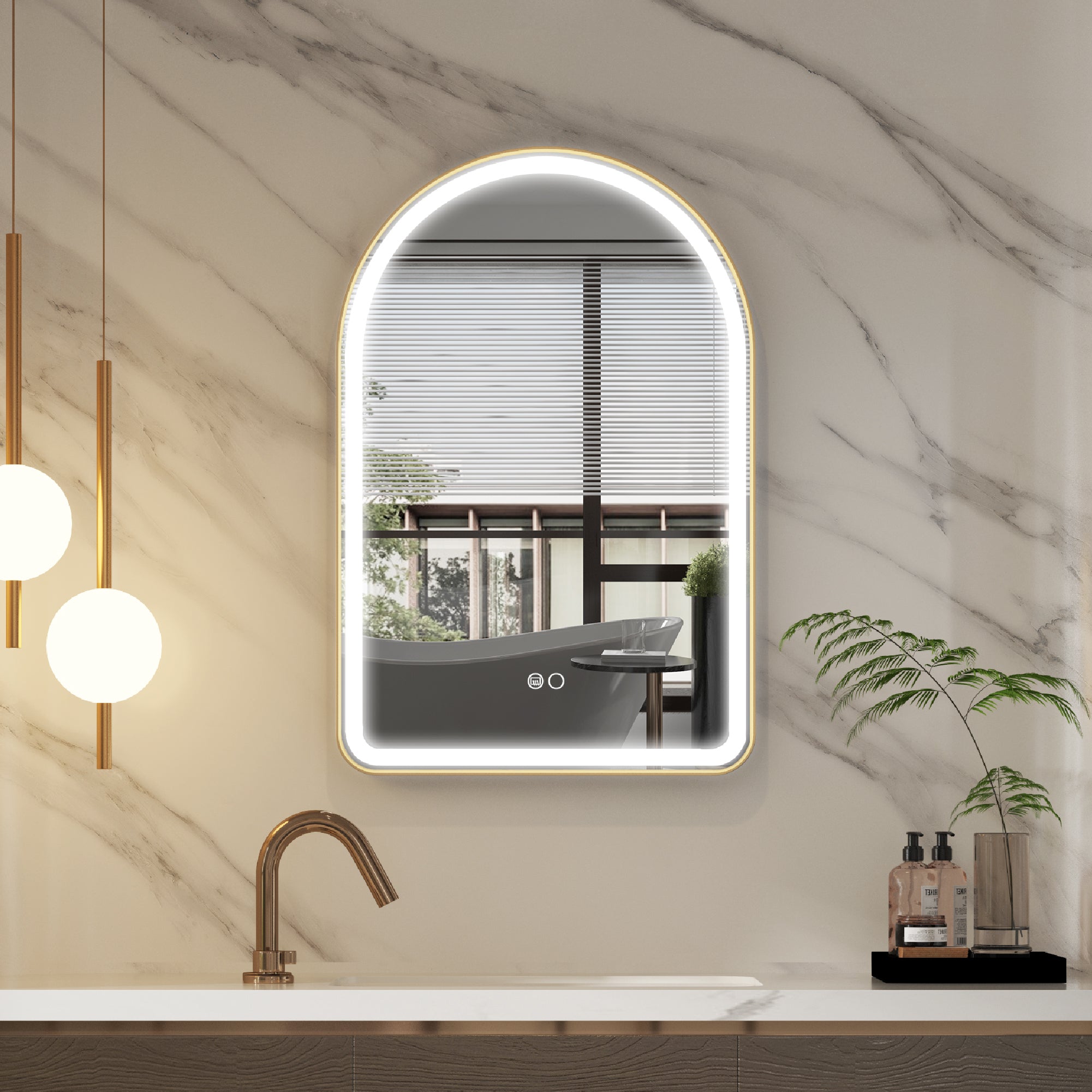
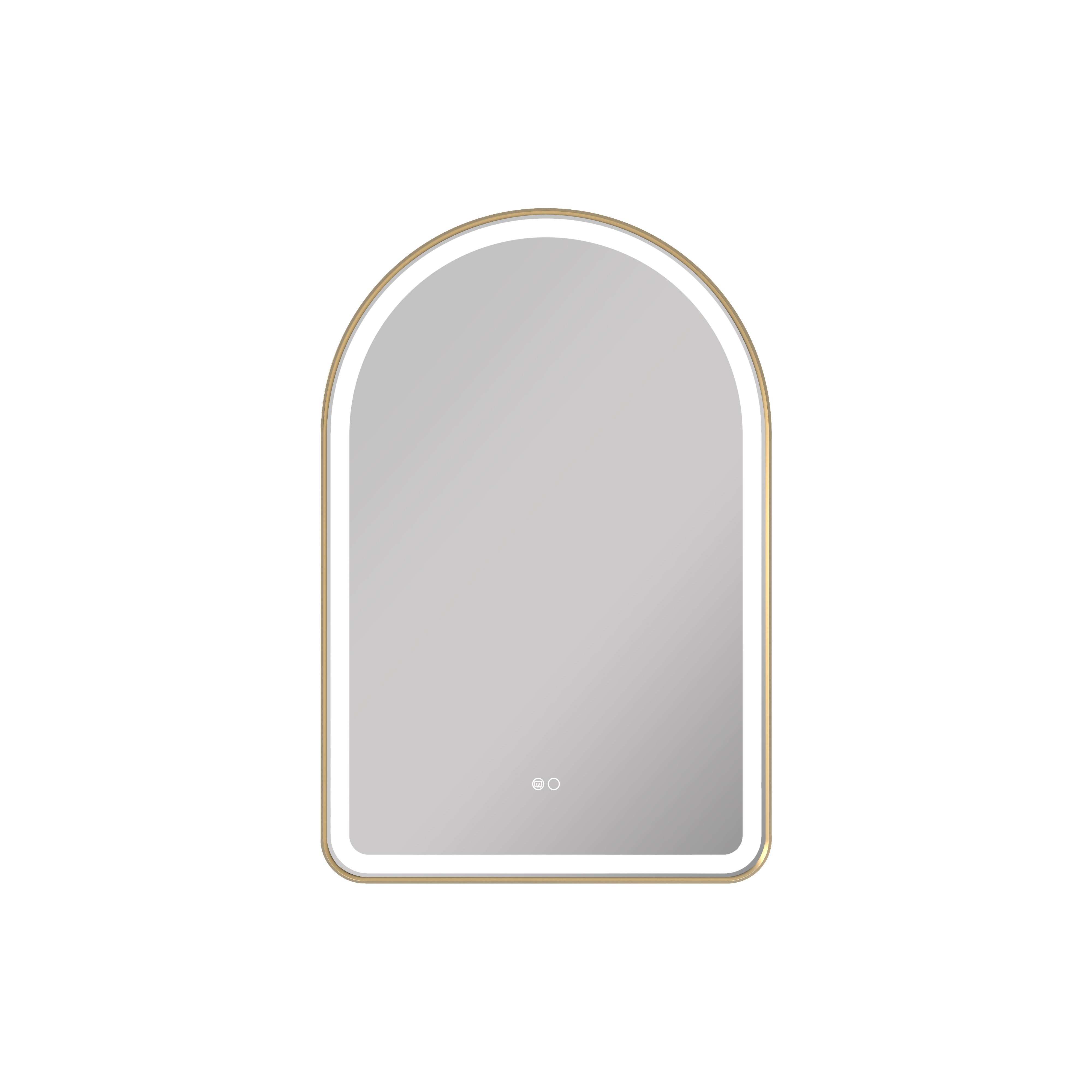
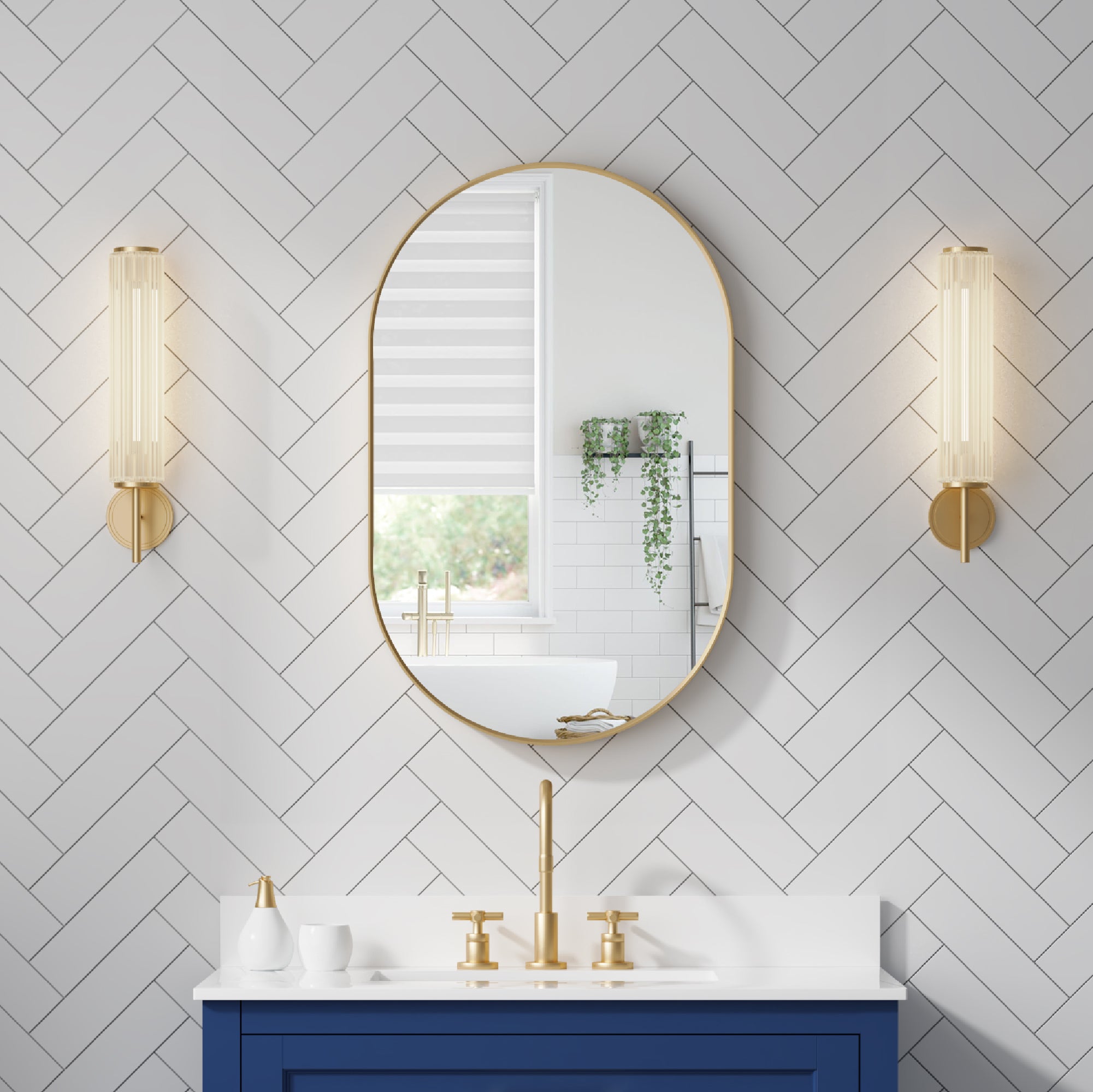
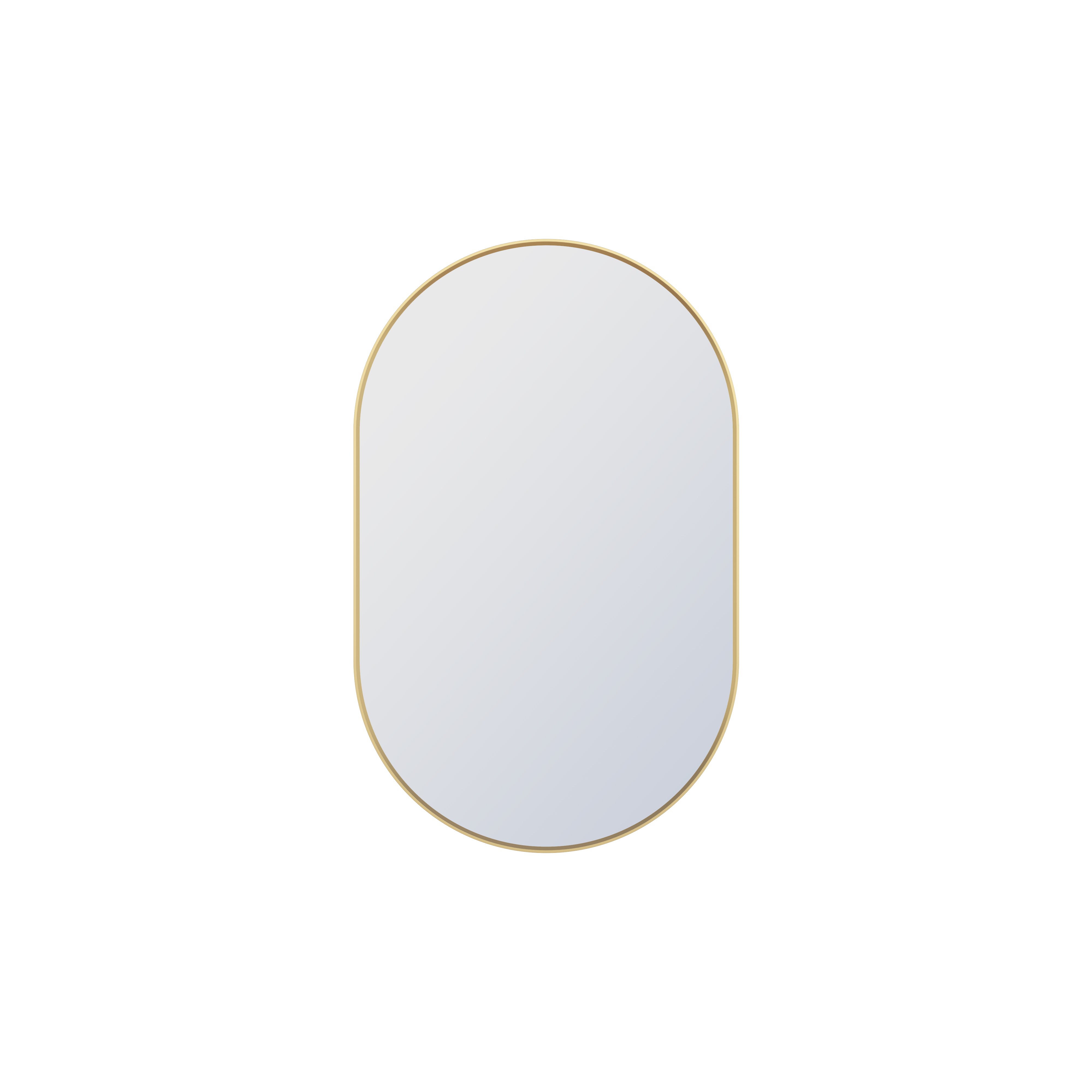


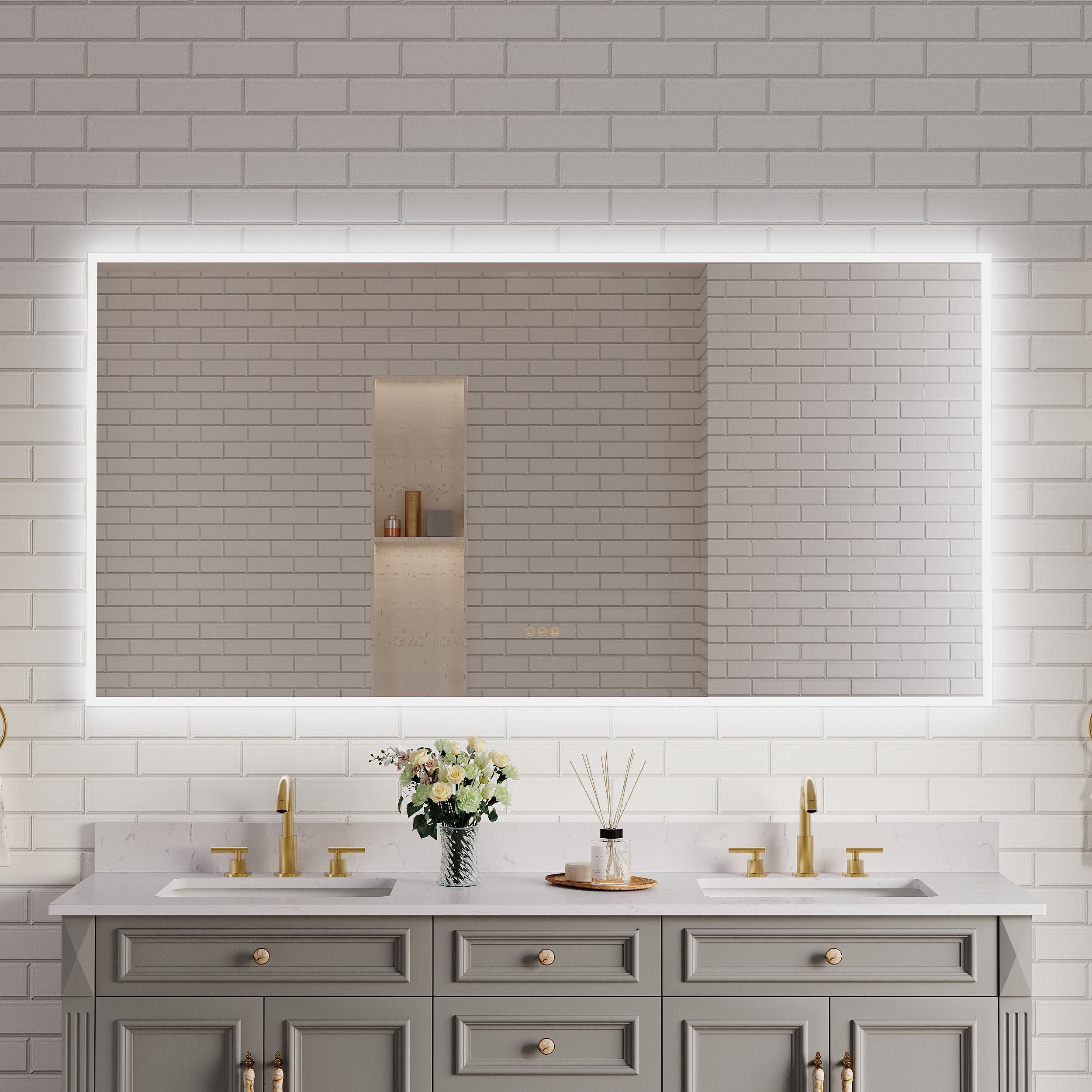





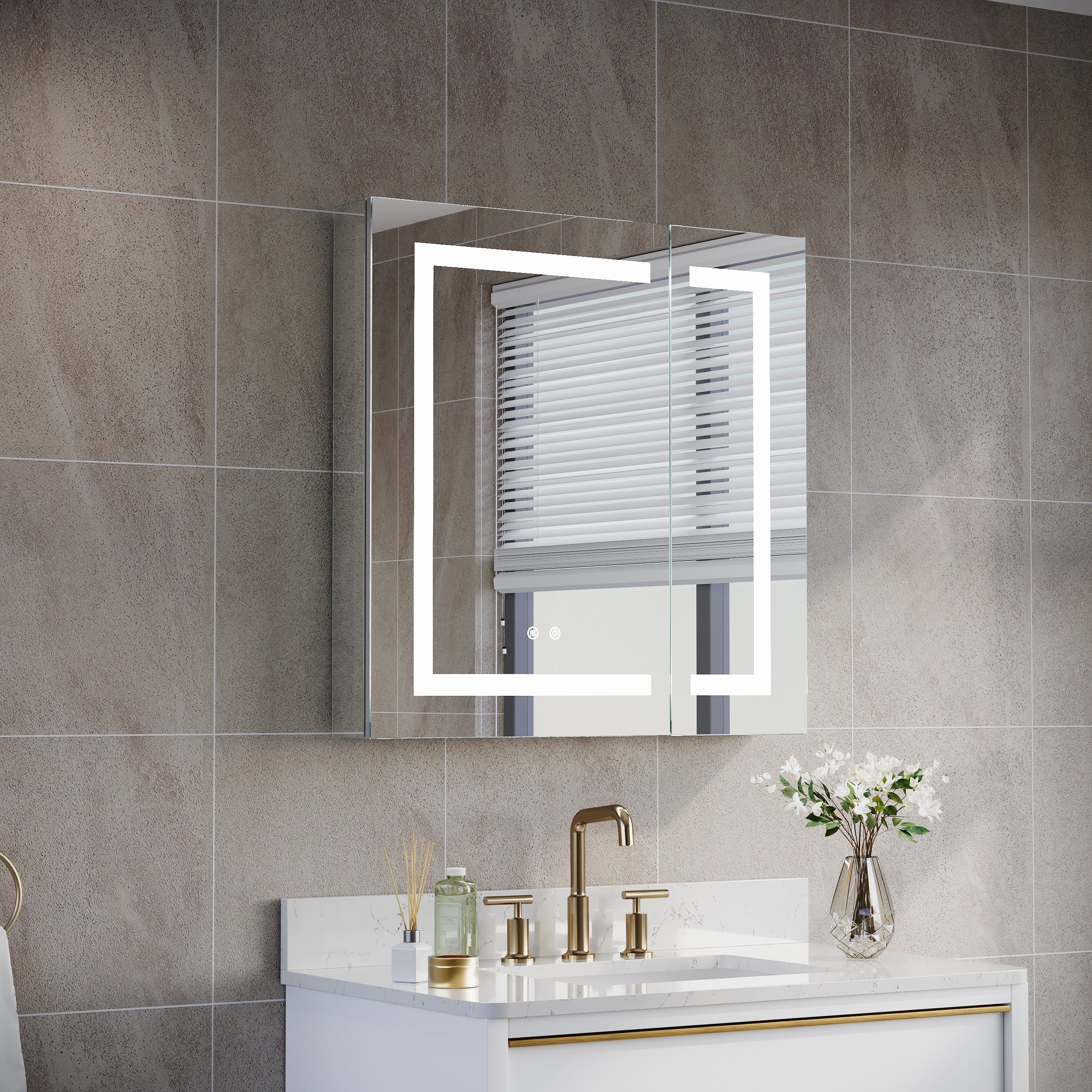
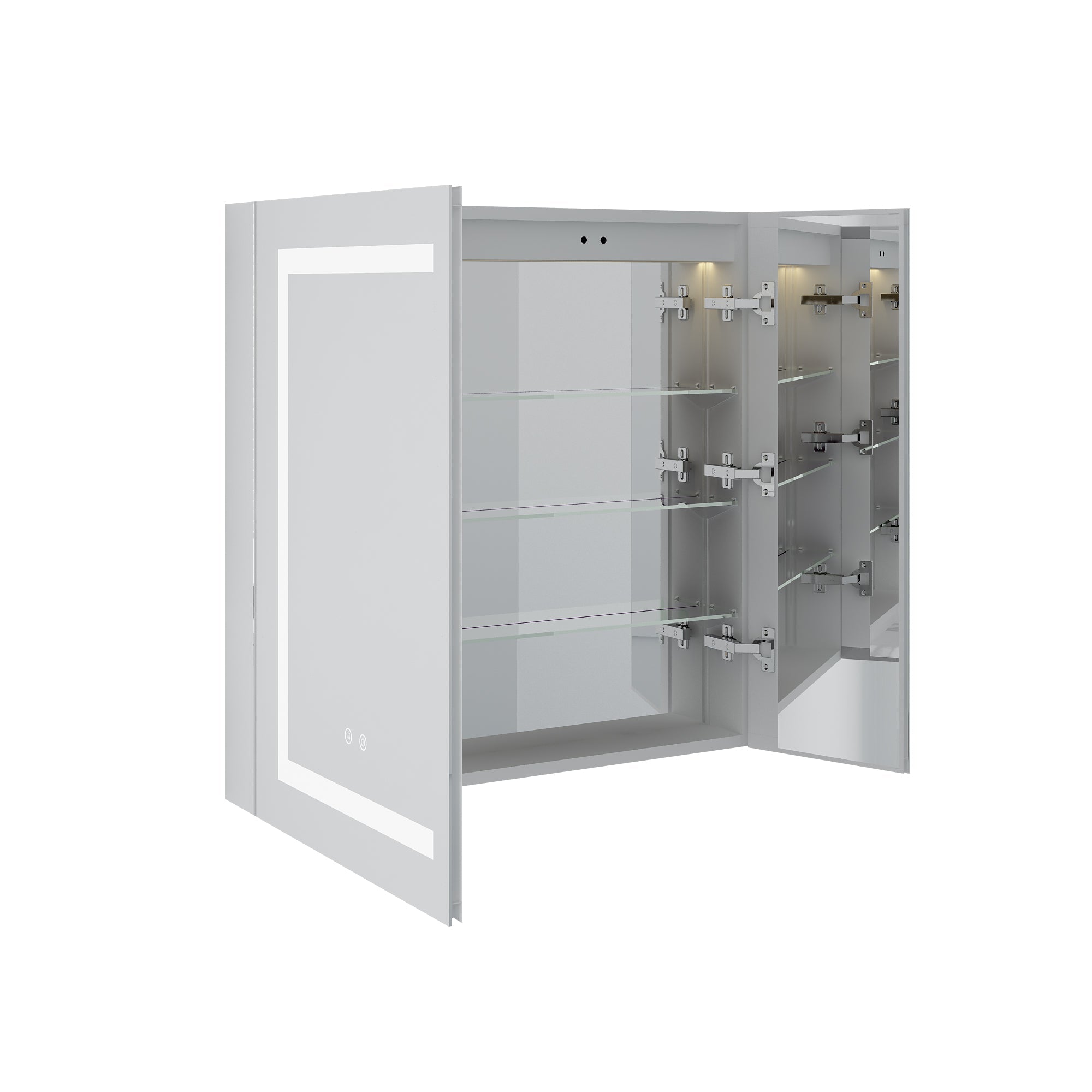




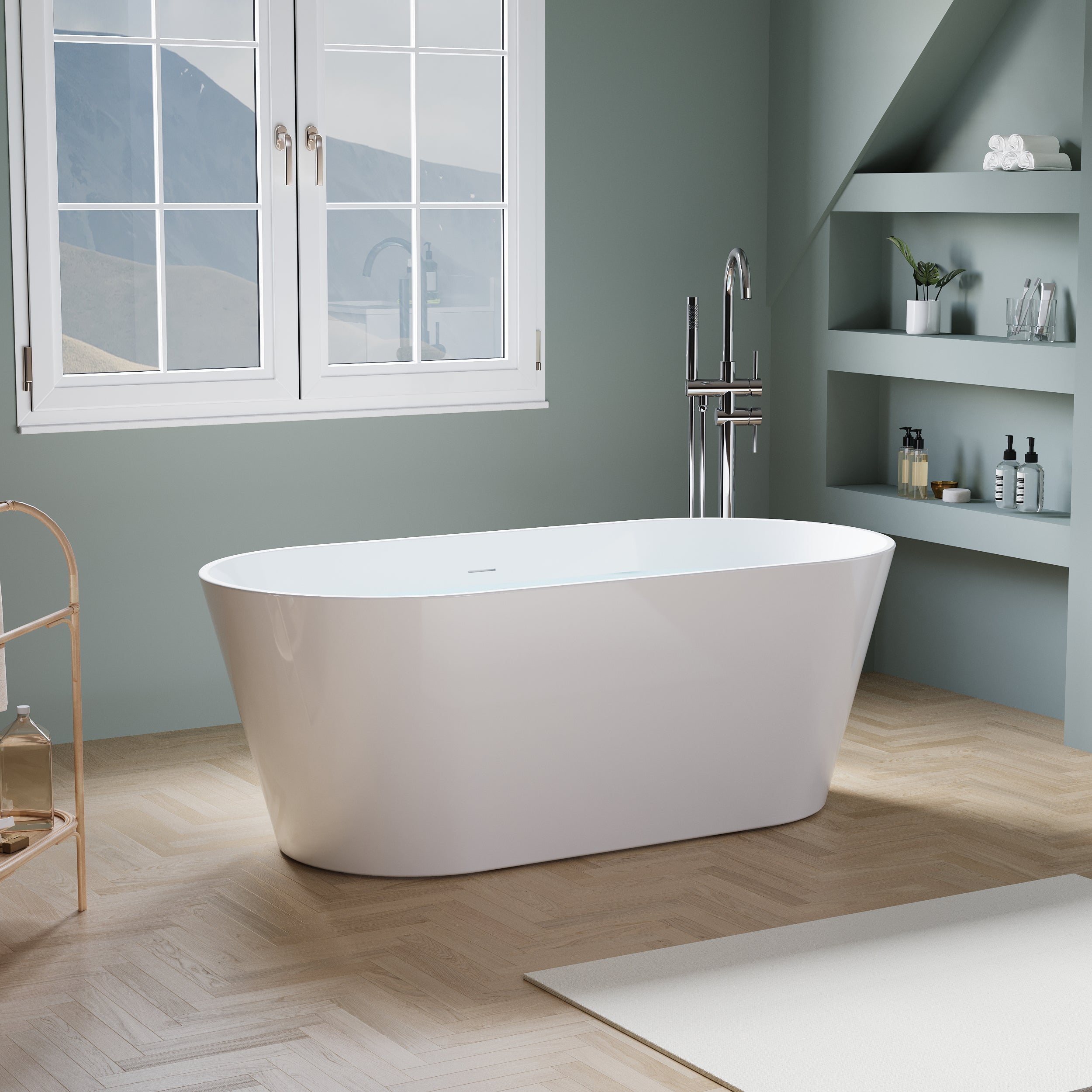
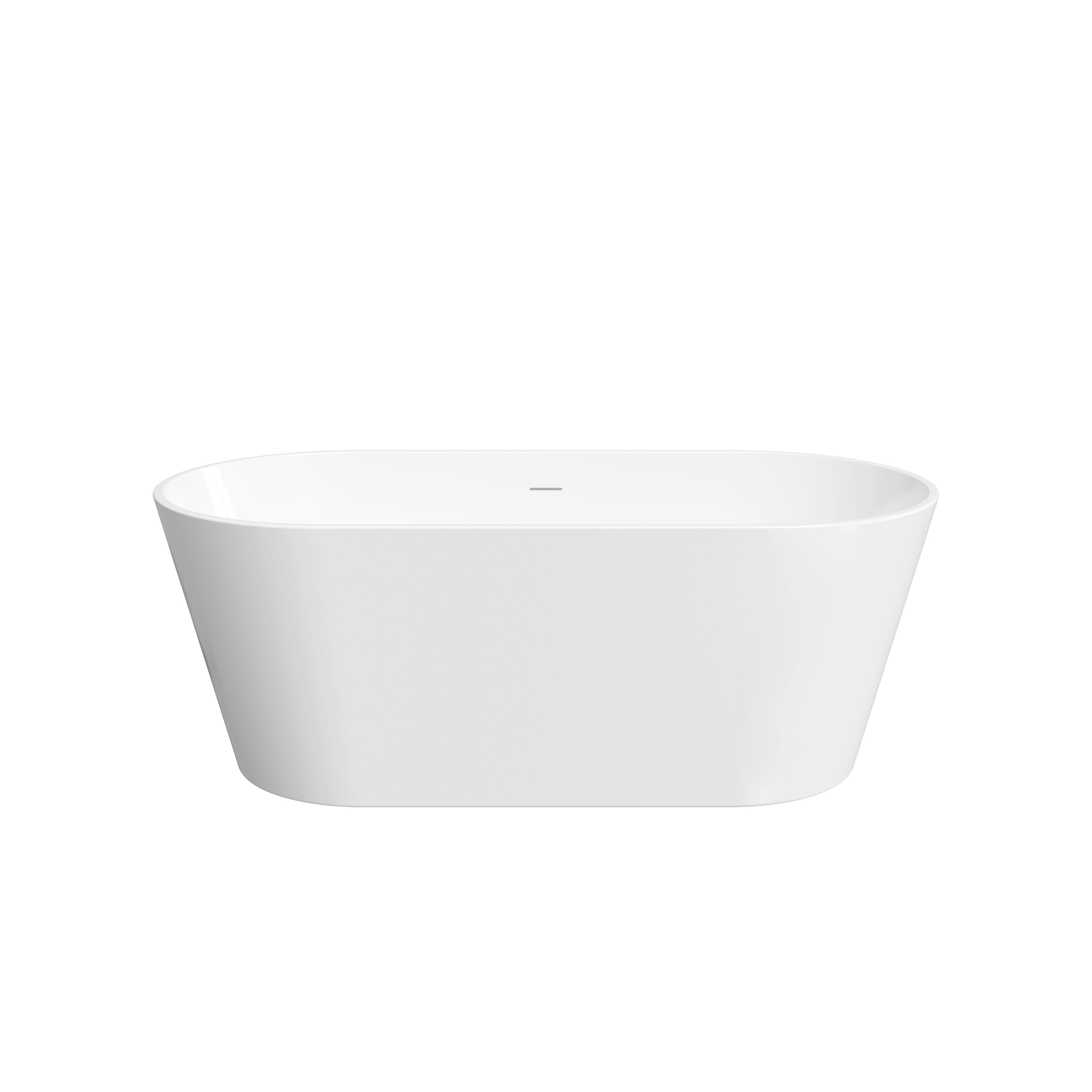


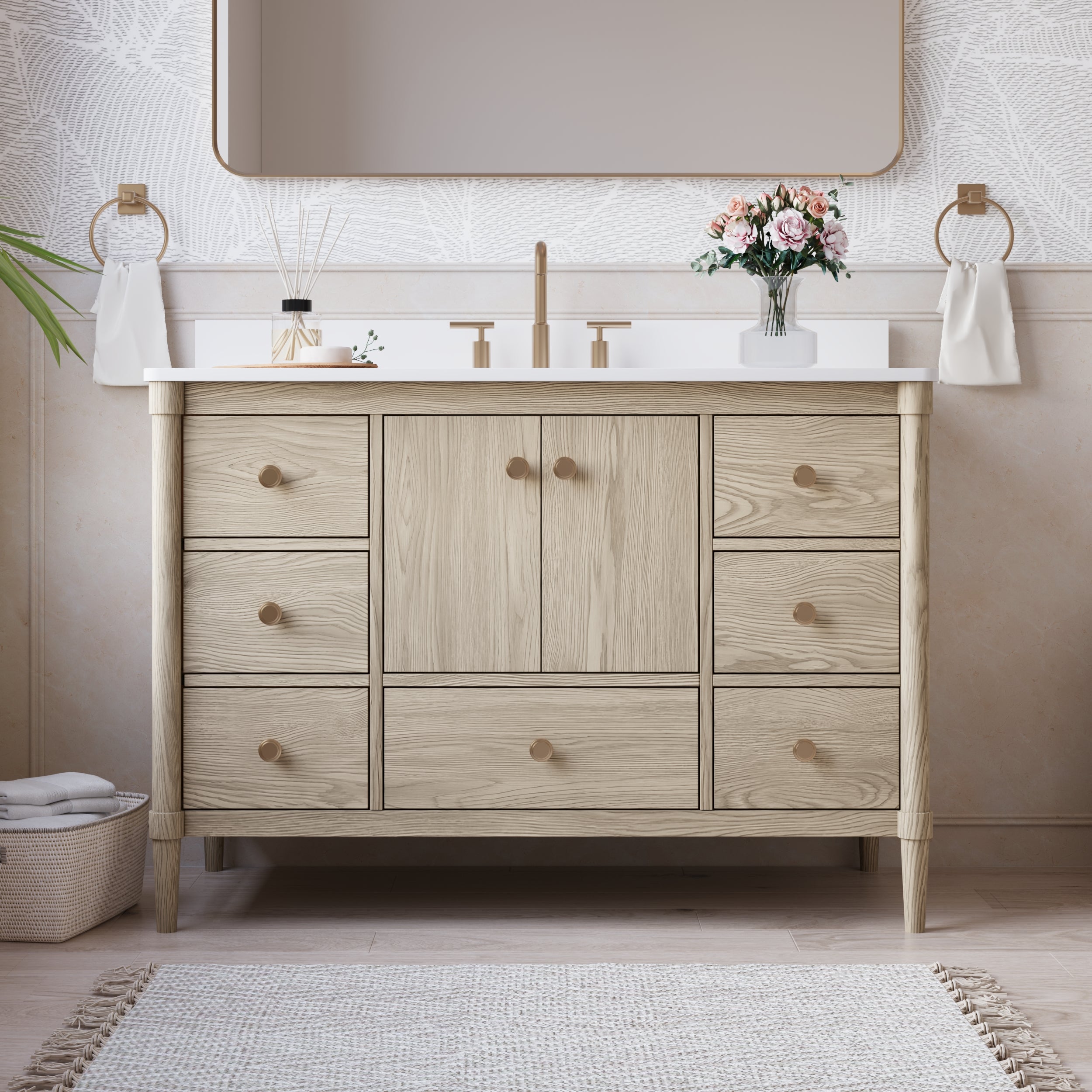
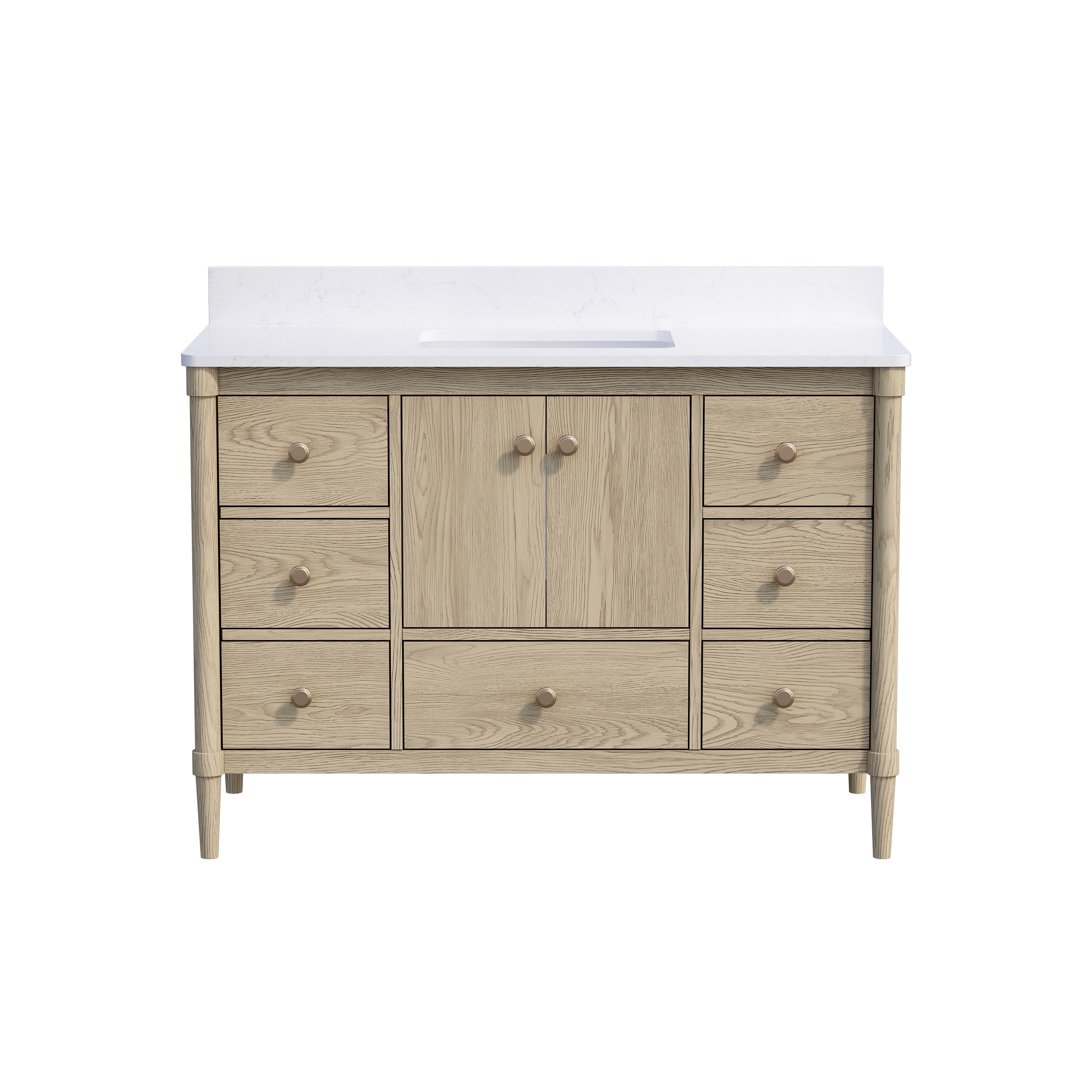
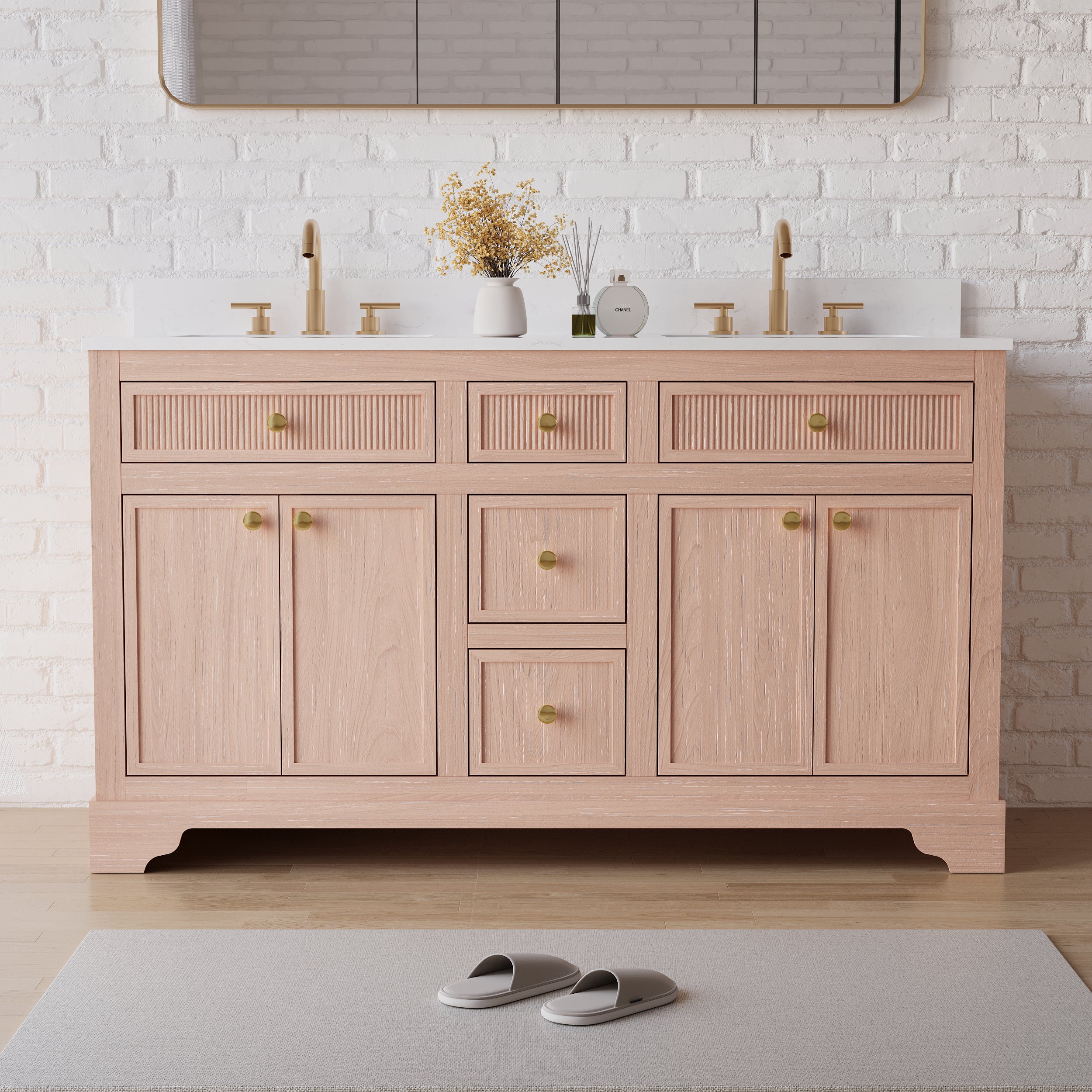
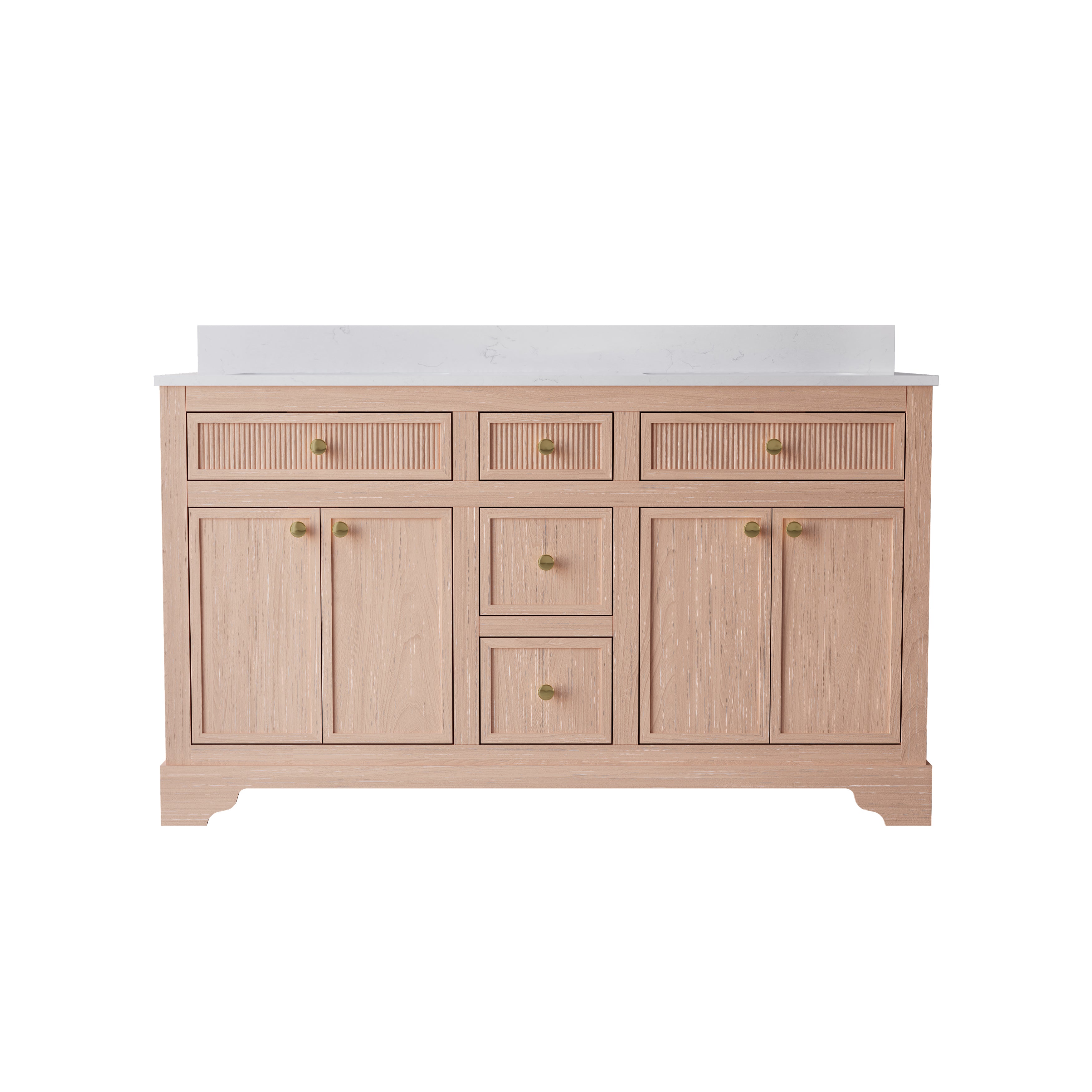
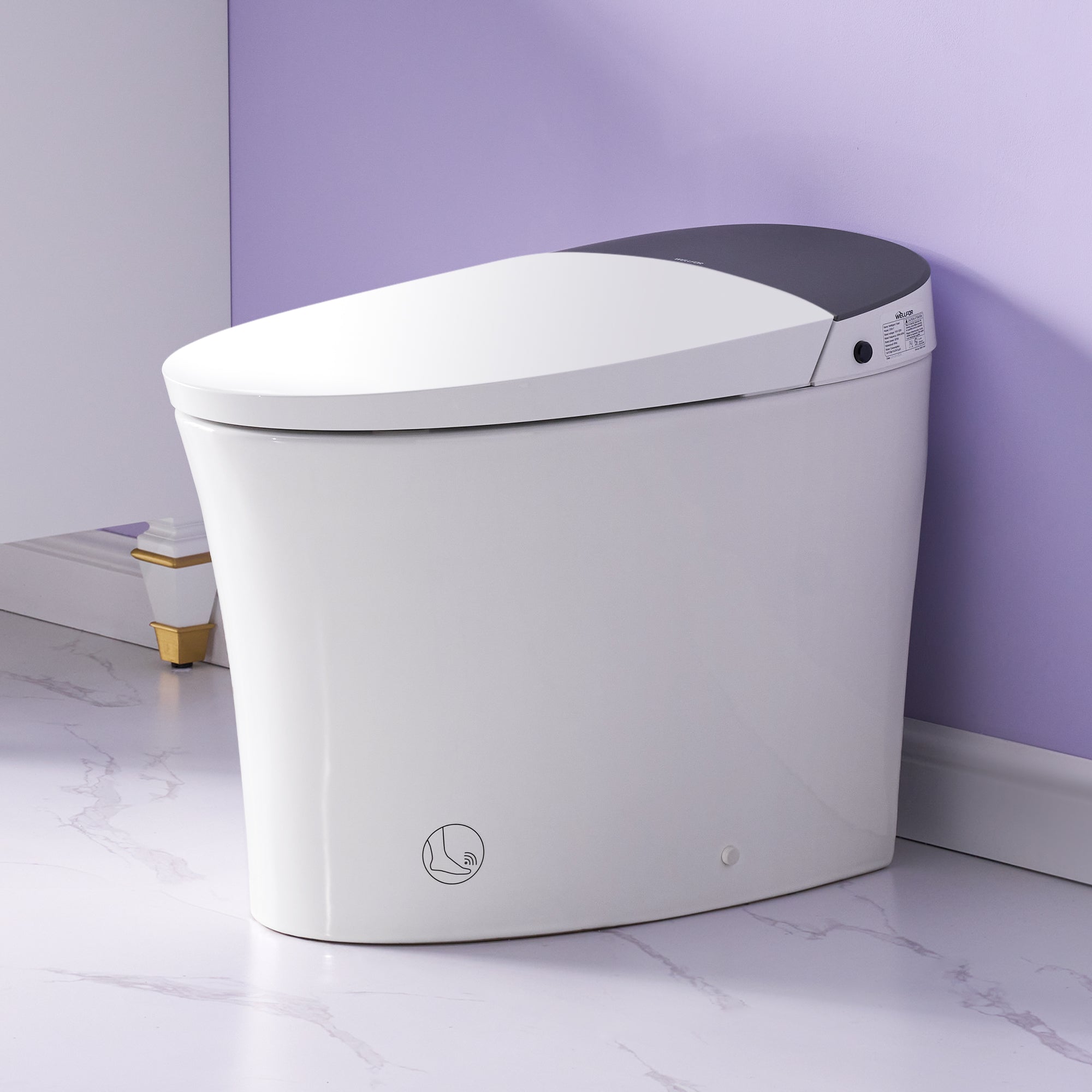
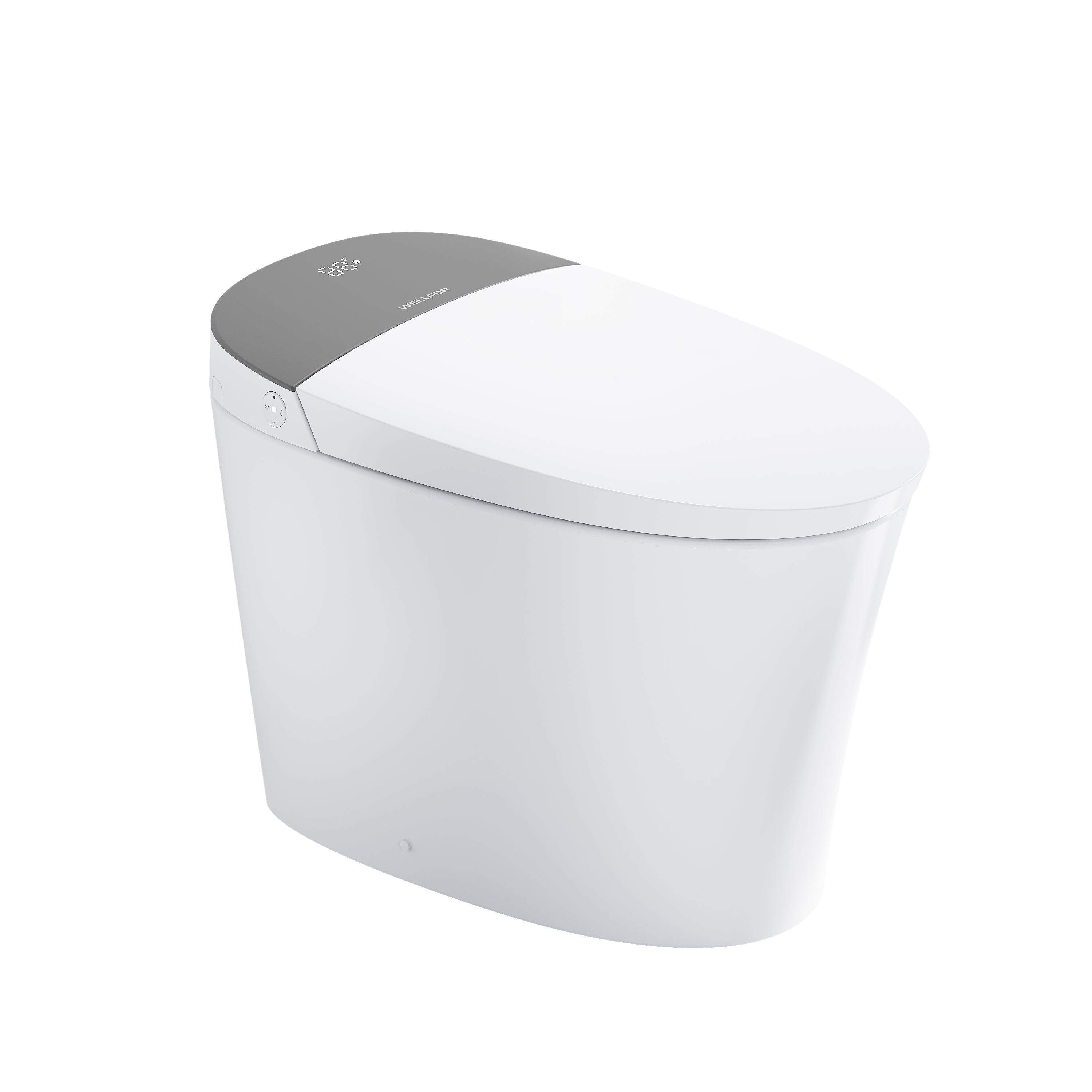
Leave a comment
This site is protected by hCaptcha and the hCaptcha Privacy Policy and Terms of Service apply.